

70 Cebuano/Bisaya Words and Phrases
Traveling to the Visayas or Mindanao regions of the Philippines? Whether you’re exploring Cebu, Bohol, or Davao, learning some basic Bisaya (Cebuano) phrases can greatly enhance your experience. Here’s a handy guide to 70 essential Bisaya (Cebuano) words and phrases translated from Cebuano to English that will help you communicate with locals, show respect for their culture, and navigate your way through daily interactions with ease.
Basic Cebuano Words and Phrases for Introductions and Greetings: with examples

1. “Maayong buntag!” = “Good morning!”
A greeting to start the day on a positive note.
Example: Maayong buntag sa tanan! Translation: Good morning to everyone!
2. “Maayong hapon!” = “Good afternoon!”
A polite greeting for the afternoon.
Example: Maayong hapon, amigo! Translation: Good afternoon, friend!
3. “Maayong gabii!” = “Good evening!”
A greeting used in the evening.
Example: Maayong gabii sa inyong tanan! Translation: Good evening to all of you!
4. “Maayong adlaw!” = “Good day!”
A versatile greeting that can be used throughout the day.
Example: Maayong adlaw sa tanan! Translation: Good day to everyone!
5. “Kumusta?” = “How are you?”
A friendly way to ask about someone’s well-being.
Example: Kumusta ka karon? Translation: How are you today?
6. “Maayo ra / Okay ra” = “I’m fine”
Simple responses to let someone know you’re doing well.
Example: Kumusta ka? Maayo ra. Translation: How are you? I’m fine.
7. “Unsa imong ngalan?” = “What’s your name?”
A useful question to ask when meeting someone new.
Example: Unsa imong ngalan? Translation: What’s your name?
8. “Ako si <name>.” = “I’m <name>.”
A straightforward way to introduce yourself.
Example: Ako si Maria. Translation: I’m Maria.
9. “Taga asa ka?” = “Where are you from?”
A common question to inquire about someone’s place of origin.
Example: Taga asa ka? Translation: Where are you from?
10. “Kasabot ka?” = “Do you understand?”
Check to see if someone understands what you’re saying.
Example: Kasabot ka sa akong gisulti? Translation: Do you understand what I’m saying?
11. “Kahibalo / Kabalo ka?” = “Do you know how?”
A phrase to ask if someone knows how to do something.
Example: Kahibalo ka unsaon pagluto ani? Translation: Do you know how to cook this?
12. “Oo” = “Yes”
A simple affirmation.
Example: Moapil ka? Oo. Translation: Are you joining? Yes.
13. “Dili / Wala” = “No / None”
A simple negation.
Example: Moapil ka? Dili Translation: Are you joining? No.
14. “Kumusta imong adlaw?” = “How was your day?”
A friendly inquiry about someone’s day.
Example: Kumusta imong adlaw? Translation: How was your day?
15. “Tagpila ka tuig na ka?” = “How old are you?”
Asking someone’s age.
Example: Tagpila ka tuig na ka? Translation: How old are you?
16. “Naunsa man ka?” = “What’s wrong?”
Inquiring if someone seems upset or unwell.
Example: Naunsa man ka? Translation: What’s wrong?
17. “Naay problema?” = “Is there a problem?”
Checking if there’s an issue.
Example: Naay problema diri? Translation: Is there a problem here?
18. “Unsa imong trabaho?” = “What is your job?”
Asking about someone’s occupation.
Example: Unsa imong trabaho? Translation: What is your job?
19. “Unsa imong lingaw?” = “What is your hobby?”
Asking about someone’s interests.
Example: Unsa imong lingaw? Translation: What is your hobby?
20. “Naminyo na ka?” = “Are you married?”
Inquiring about someone’s marital status.
Example: Naminyo na ka? Translation: Are you married?
Basic Cebuano Words for Social Etiquette: Cebuano to English Examples

21. “Amping! / Ayo-ayo!” = “Take care!”
Wishing someone well-being and safety.
Example: Amping sa imong biyahe! Translation: Take care on your trip!
22. “Palihug” = “Please”
Used to make a polite request.
Example: Palihug ko ug hatag ana. Translation: Please give me that.
23. “Salamat!” = “Thank you!”
A common expression of gratitude.
Example: Salamat sa imong tabang! Translation: Thank you for your help!
24. “Walay sapayan! / Way sapayan!” = “You’re welcome!”
A polite response to someone thanking you.
Example: Salamat! Walay sapayan! Translation: Thank you! You’re welcome!
25. “Kita ta puhon!” = “See you soon!”
A friendly farewell indicates you’ll see someone again soon.
Example: Kita ta puhon! Translation: See you soon!
26. “Pasayloa ko!” = “I’m sorry!”
An apology.
Example: Pasayloa ko sa akong sayop. Translation: I’m sorry for my mistake.
27. “Padayon!” = “Keep going!”
Encouragement to continue what one is doing.
Example: Padayon lang sa imong gibuhat. Translation: Keep going with what you’re doing.
28. “Dasig lang!” = “Just believe! / Have faith!”
Words of encouragement to stay positive.
Example: Dasig lang ug dili ka mawad-an ug paglaom! Translation: Just believe and don’t lose hope!
29. “Ikaw lay bahala!” = “It’s up to you!”
Leaving a decision to someone else.
Example: Ikaw lay bahala kung asa ta moadto. Translation: It’s up to you where we go.
30. “Lingaw kaayo!” = “It’s so fun!”
Expressing that something is very enjoyable.
Example: Lingaw kaayo ang party kagabii! Translation: The party last night was so fun!
Helpful Bisaya Words for Travel and Exploration: Cebuano to English Examples

31. “Unsaon?” = “How?”
Asking for the method or way to do something.
Example: Unsaon pag-abli ani? Translation: How do I open this?
32. “Asa dapit?” = “Where exactly?”
A question to ask for specific directions.
Example: Asa dapit ang imong balay? Translation: Where exactly is your house?
33. “Unsaon pag adto sa <place>?” = “How to go to <place>?”
Inquiring about directions to a specific place.
Example: Unsaon pag adto sa mall? Translation: How do I go to the mall?
34. “Asa ko munaog?” = “Where should I get off?”
Asking where to alight from a vehicle.
Example: Asa ko munaog para sa downtown? Translation: Where should I get off for downtown?
35. “Asa ni padulong?” = “Where is this going?”
Asking for the destination of a vehicle or route.
Example: Asa ni padulong nga jeep? Translation: Where is this jeep going?
36. “Asa ka padung / Asa ka muadto?” = “Where are you going?”
Inquiring about someone’s destination.
Example: Asa ka padung karon? Translation: Where are you going now?
37. “Para / Diri lang” = “I’ll get off / I’ll stop here”
Telling the driver where you want to stop.
Example: Para diri lang ko. Translation: I’ll get off here.
38. “Muadto na ko / Muuna usa ko” = “I’ll get going” / “I’ll go ahead”
Informing others that you are leaving.
Example: Muadto na ko kay sayo pa ugma. Translation: I’ll get going since it’s early tomorrow.
39. “Muuli na ko” = “I’m going home”
Letting others know you are heading home.
Example: Muuli na ko kay gabii na. Translation: I’m going home since it’s already late.
40. “Tagpila ang pliti?” = “How much is the fare?”
Asking about the cost of transportation.
Example: Tagpila ang pliti padung sa city? Translation: How much is the fare going to the city?
41. “Ambot / Wala ko kabalo!” = “I don’t know!”
Expressing that you do not have the information.
Example: Ambot kung asa siya karon. Translation: I don’t know where he is now.
Useful Bisaya Words for Shopping and Buying: Cebuano to English Examples

42. “Ayo!” = “Hello!”
A greeting used when entering a shop or calling attention.
Example: Ayo, palit ko ug tubig. Translation: Hello, I want to buy water.
43. “Kanus-a mangabli?” = “When will it open?”
Asking about the opening time of a store or service.
Example: Kanus-a mangabli ang tindahan? Translation: When will the store open?
44. “Unsa ni? / Unsa na?” = “What’s this? / What’s that?”
Inquiring about an item.
Example: Unsa ni nga pagkaon? Translation: What’s this food?
45. “Papalita ko / Mupalit ko” = “I’ll buy”
Indicating the intention to purchase something.
Example: Mupalit ko ug prutas. Translation: I’ll buy some fruits.
46. “Tagpila?” = “How much?”
Asking for the price of an item.
Example: Tagpila ang kilo sa mangga? Translation: How much is a kilo of mango?
47. “Pila tanan?” = “How much is the total bill?”
Asking for the total cost of all items.
Example: Pila tanan akong bayronon? Translation: How much is the total bill I have to pay?
48. “Mubayad ko” = “I’ll pay”
Indicating that you will settle the bill.
Example: Mubayad ko sa akong utang. Translation: I’ll pay my debt.
49. “Pwede muhangyo?” = “Can you give me a discount? / Can I ask for a favor?”
Asking for a discount or favor.
Example: Pwede muhangyo sa presyo? Translation: Can you give me a discount on the price?
50. “Kuha lang” = “Just get it”
Telling someone to take or get something.
Example: Kuha lang ang imong gusto. Translation: Just get what you want.
Handy Cebuano Words for Eating-Cebuano to English Examples

51. “Mangaon ta!” = “Let’s eat!”
An invitation to share a meal.
Example: Mangaon ta sa balay! Translation: Let’s eat at home!
52. “Mag-ampo ta!” = “Let’s pray!”
Suggesting to pray before a meal.
Example: Mag-ampo ta sa wala pa kaon. Translation: Let’s pray before eating.
53. “Gutom na ko!” = “I’m already hungry!”
Expressing hunger.
Example: Gutom na ko, kaon ta! Translation: I’m already hungry, let’s eat!
54. “Gusto na ko mukaon!” = “I want to eat!”
Indicating a desire to eat.
Example: Gusto na ko mukaon ug pizza. Translation: I want to eat pizza.
55. “Kalami / Lami!” = “Delicious!”
Complimenting the taste of food.
Example: Lami kaayo ang pagkaon diri! Translation: The food here is so delicious!
56. “Kaon pa!” = “Eat more!”
Encouraging someone to eat more.
Example: Kaon pa kay daghan pa kaayo! Translation: Eat more, since there’s still a lot!
57. “Busog na ko!” = “I’m already full!”
Expressing that you are full.
Example: Salamat, pero busog na ko. Translation: Thank you, but I’m already full.
58. “Dili na ko!” = “I don’t want anymore”
Indicating that you do not want more food.
Example: Dili na ko, salamat. Translation: I don’t want anymore, thank you.
59. “Wala na koy gana” = “I lost appetite / interest”
Expressing loss of appetite or interest.
Example: Wala na koy gana mukaon. Translation: I lost appetite to eat.
60. “Asa ko mulingkod?” = “Where do I sit?”
Asking for a place to sit.
Example: Asa ko mulingkod sa inyong balay? Translation: Where do I sit in your house?
Other Useful Cebuano words and Phrases

61. “Pangutana” = “Question”
Inquire or ask about something. A common term used in conversations to seek information or clarification.
Example: Aduna kay pangutana? Translation: Do you have a question?
62. “Kalipay” = “Happiness”
Joy or contentment. It signifies a positive emotional state and is often used to describe the feeling of happiness or satisfaction.
Example: Ang kalipay sa akong pamilya importante kaayo. Translation: The happiness of my family is very important.
63. “Balay” = “House”
A building or structure where people live. It can also refer to a home.
64. “Lingaw” = “Fun”
An enjoyable or amusing activity. Often used to express the enjoyment of an event or activity.
Example: Lingaw kaayo ang atong picnic! Translation: Our picnic was very fun!
65. “Pagkaon” = “Food”
Any substance consumed to provide nutritional support for the body, including meals and snacks.
Example: Asa ta mukaon ug lami nga pagkaon? Translation: Where can we eat delicious food?
66. “Libot” = “Around”
A movement in a circular path or roaming around in a particular area.
Example: Mag-libot-libot ta sa syudad karon. Translation: Let’s go around the city today.
67. “Adto” = “Go”
A movement from one place to another.
Example: Moadto ko sa tindahan. Translation: I will go to the store.
68. “Kauban” = “Companion”
Someone who accompanies or is with another person.
Example: Kinsa imong kauban sa biyahe? Translation: Who is your companion on the trip?
69. “Kusog” = “Strong”
Physical strength, intensity, or force.
Example: Kusog kaayo ang hangin kagabii. Translation: The wind was very strong last night.
70. “Basa” = “Wet”
A state of being covered or saturated with water or another liquid. Used to describe objects or surfaces that have been soaked.
Example: Ayaw paglumba kay basa ang kalsada. Translation: Don’t run because the road is wet.
Learning these Cebuano / Bisaya words and phrases can make your travel experience more enriching and enjoyable. Not only will you be able to communicate more effectively, but you’ll also be able to connect more deeply with the locals and their culture.
So, now that you’ve learned Cebuano / Bisaya words and phrases, why not try picking up some Hiligaynon , Ilocano , Bicolano, Chavacano , or Waray words as well? This will greatly facilitate your travels to various parts of the Philippines , making communication easier and enriching your cultural experience across different regions.
Are you still not confident in Tagalog? Don’t worry! Here’s our comprehensive Tagalog guide to help you navigate other parts of Luzon effortlessly. Whether you’re exploring bustling cities or serene countryside, this guide will ensure you have a smooth and enjoyable journey.
Share this post: on Twitter on Facebook on Google+

Arvin is an SEO professional dedicated to enhancing business visibility online. When he’s not immersed in the digital world, Arvin enjoys traveling as a way to relax and unwind. This makes him good at both his job and finding adventure. Follow him on his Linkedin or Instagram account.
Related Posts

20 Top Bohol Tourist Spots 2024
Discover the Beauty of Bohol: 20 Top Bohol Tourist Spots 2024 Welcome to the beautiful island province of Bohol in the Philippines, which is known…

20 Best Places to Go in Philippines
Find out the Best Places to go in Philippines: 20 Places You Must Visit. In Southeast Asia, the Philippines is a beautiful paradise. They are…
Leave a Comment Cancel Reply
Your email address will not be published. Required fields are marked *
Save my name, email, and website in this browser for the next time I comment.

50 Useful Bisaya Words & Phrases to Learn for Travelers
Traveling to Cebu or the Visayas region soon? Before you land at Mactan-Cebu International Airport and explore the top Cebu tourist spots be sure to arm yourself with these useful Cebuano or Bisaya words and phrases . Cebuano locals like us will greatly appreciate the effort of learning our very own language while exploring our hometown.
And, did you know that the Cebuano language, often called Bisaya or Binisaya , is one of the top languages in the Philippines? It is mainly spoken in Central Visayas like Cebu, Bohol , Siquijor, Eastern Negros, Western Leyte including Ormoc , and some parts of Mindanao like Cagayan de Oro, Camiguin, Bukidnon, Davao, and a portion of the Zamboanga Peninsula.
Give yourself a pat on the back for attempting to learn a major language aside from Filipino in our diverse country of over 7,000 islands.
Now let’s start the basic Bisaya / Cebuano Language 101, shall we?
Basic Bisaya words and phrases for introductions and greetings
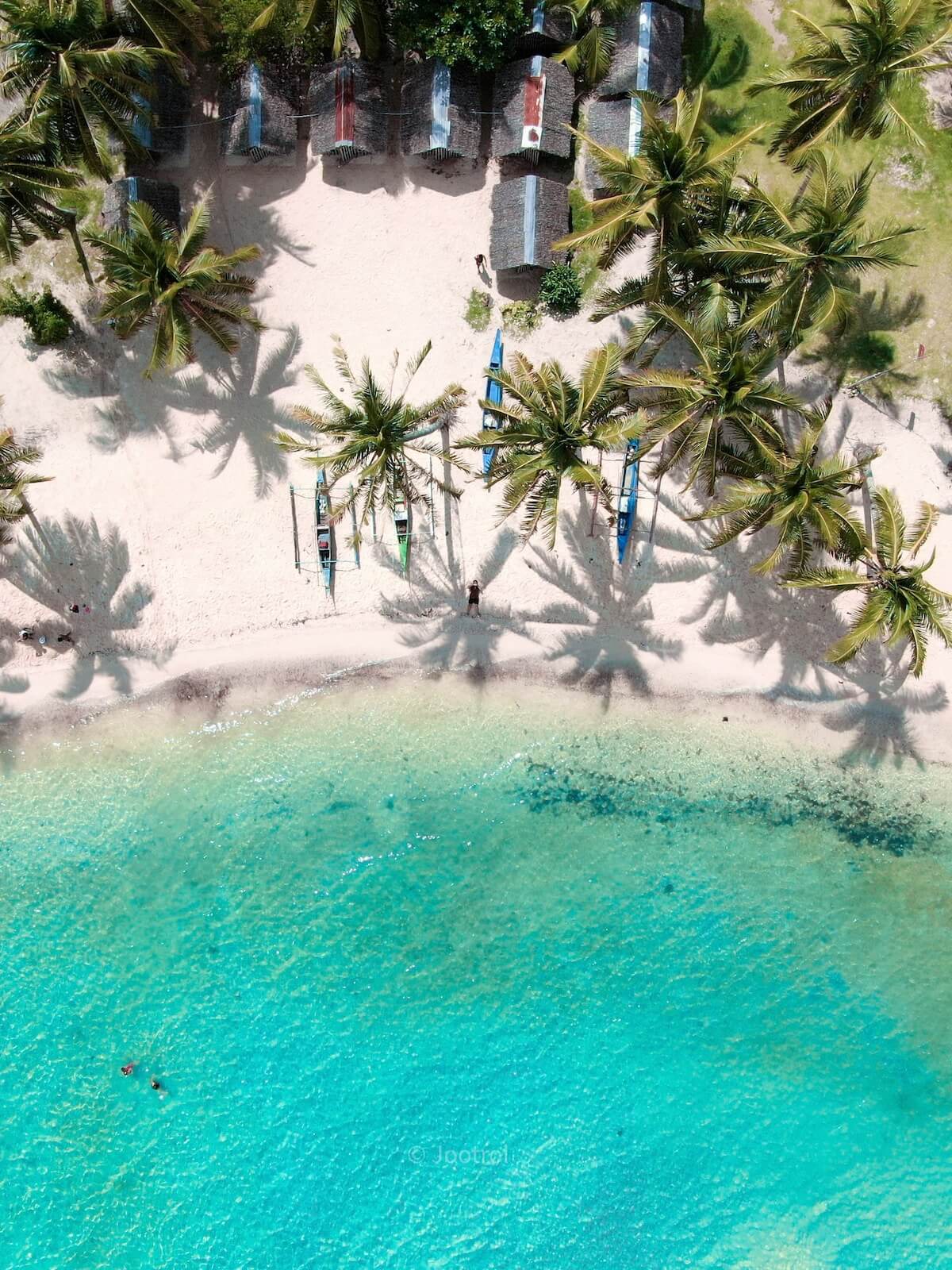
1. “Maayong adlaw!” = “Good day!”
You say “Maayong adlaw!” as a general greeting. If you want to be more specific, here’s what to say depending on the time of the day:
- Maayong buntag – Good morning
- Maayong udto – Good noon
- Maayong hapon – Good afternoon
- Maayong gabii – Good evening
2. “Kumusta?” = “How are you?”
This is what you ask if you want to check in on someone.
3. “Maayo ra / Okay ra” = “I’m fine”
This is your reply to “Kumusta?”. If you’re not really fine, you can say “Dili maayo” or “Dili ko okay”.
4. “Unsa imong ngalan?” = “What’s your name?”
This is how you ask someone’s name in Bisaya.
5. “Ako si <name>.” = “I’m <name>.”
Say this when introducing yourself. E.g. “Ako si Ben.”
6. “Taga asa ka?” = “Where are you from?”
Use this Cebuano phrase when you ask where someone is from. Another variation is “Asa ka nagpuyo?” (Where do you live?), for which you can answer like this, “Taga Manila ko.”
7. “Kasabot ka?” = “Do you understand?”
This is what you say when you want to confirm if someone understood what you said.
8. “Kahibalo / Kabalo ka?” = “Do you know how?”
If you want to know if the person has a knowledge of something, you can say this Cebuano phrase. See sample usage below:
“Kahibalo / Kabalo ka mo Cebuano?” (Do you know how to speak Cebuano?) “Kahibalo / Kabalo ka mo kanta?” (Do you know how to sing?)
9. “Oo” = “Yes”
Or you can simply say “O” as a shorter version.
10. “Dili / Wala” = “No / None”
Use “dili” if you want to say no or reject something. Just add “lang” to make it more polite, especially when someone approaches you to sell something. You may reject politely by saying, “Dili lang”.
You can also use the Bisaya word “wala” to mean no or none. See sample Cebuano conversation below:
“Kasabot ka?” (Do you understand?) “Wala ko kasabot.” (I don’t understand.)
Or you may simply reply, “Wala” or “Dili” to directly say “No”.
Useful Cebuano words and phrases for social etiquette
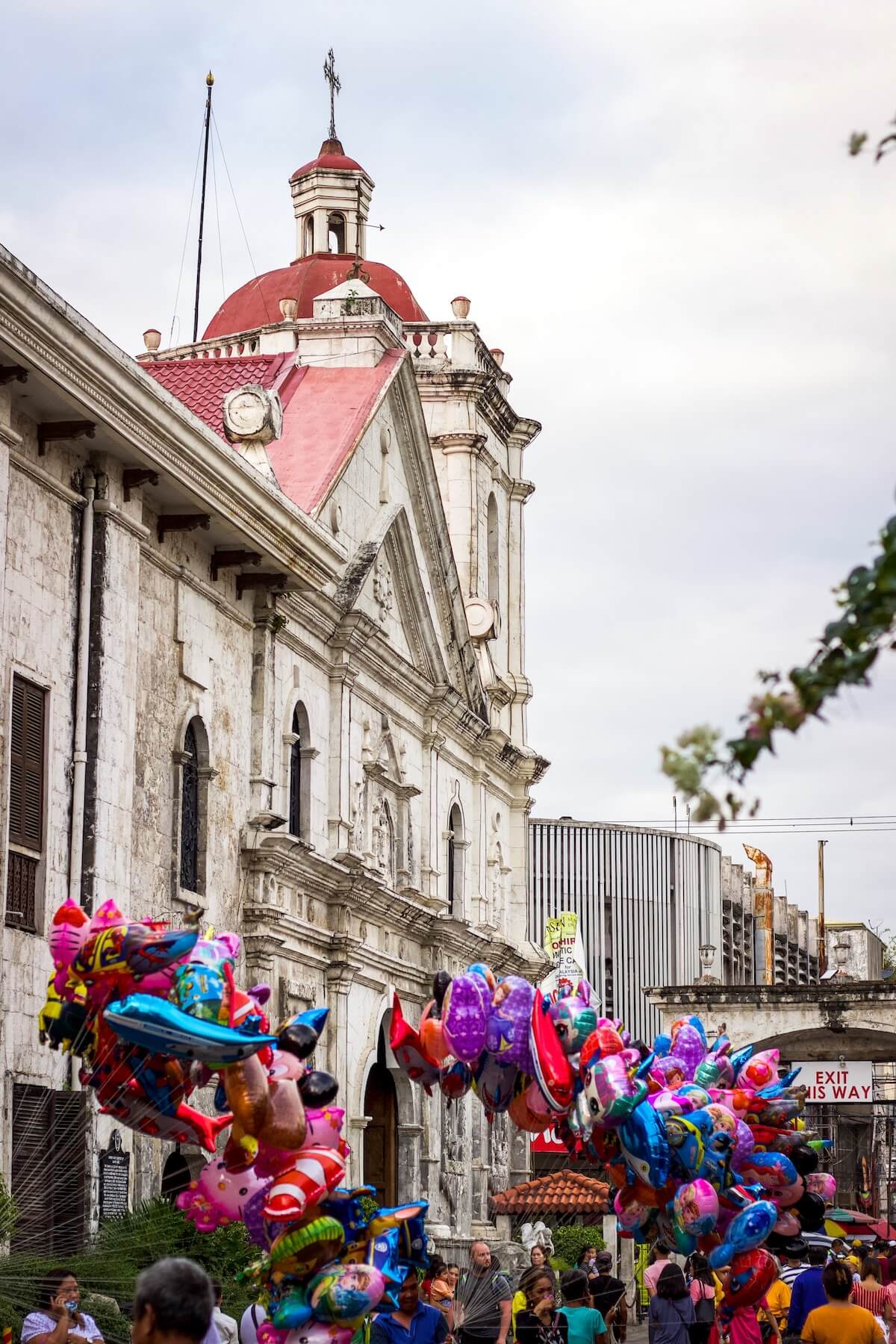
11. “Salamat!” = “Thank you!”
You may also add “daghan” as in “Daghang salamat” to mean “Thank you very much!”.
12. “Walay sapayan! / Way sapayan!” = “You’re welcome!”
This is your reply to someone who thanks you.
13. “Palihug” = “Please”
Don’t forget to use this Bisaya word if you are asking a favor. It shows your respect and courtesy.
14. “Amping! / Ayo-ayo!” = “Take care!”
You can make it more thoughtful by adding “pirmi” or “kanunay” as in “Amping pirmi!” or “Amping kanunay!” (Take care always!).
15. “Kita ta puhon!” = “See you soon!”
There is no exact Cebuano counterpart for goodbye so you can use “Magkita ta puhon!” if you wish to see someone again in the future.
16. “Pasayloa ko!” = “I’m sorry!”
Say this when you’ve done something wrong or when you feel you’ve offended someone by your behavior.
17. “Padayon!” = “Keep going!”
It is often used to cheer someone up, especially when someone is going through something.
18. “Dasig lang!” = “Just believe! / Have faith!”
This is another phrase to encourage someone to believe or have faith that things will go well in the end.
19. “Ikaw lay bahala!” = “It’s up to you!”
This is what you say when you leave the decision to the person.
20. “Lingaw kaayo!” = “It’s so fun!”
When you feel elated because you had so much fun after an event or activity, you can utter this Bisaya phrase.
Helpful Bisaya words and phrases for travel and exploration
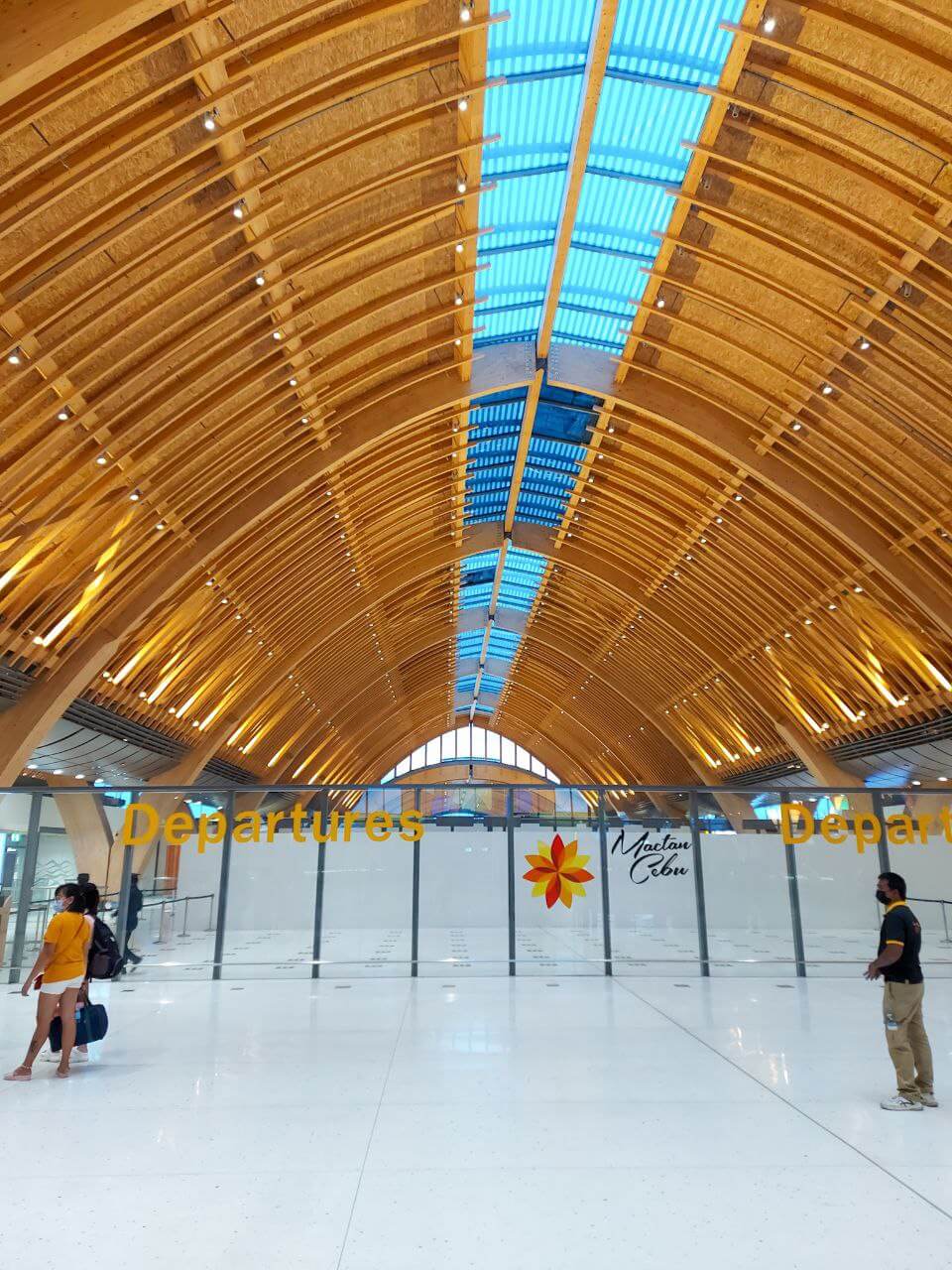
21. “Asa dapit?” = “Where exactly?”
“Asa” means “where” so use this Cebuano phrase when asking for the exact location of a place. You can also use this when asking where a certain thing is found.
22. “Unsaon?” = “How?”
Say this basic Cebuano word if you want to know the process or steps to do certain things.
23. “Unsaon pag adto sa <place>?” = “How to go to <place>?”
This is what you use when asking for directions on how to go to a specific place.
24. “Asa ko munaog?” = “Where should I get off?”
You usually use this phrase when you want to know where to stop and get off, especially when riding a public transport.
25. “Asa ni padulong?” = “Where is this going?”
When you commute, this is what you say when you ask for the route or destination.
26. “Asa ka padung / Asa ka muadto?” = “Where are you going?”
And if you want to know where someone is going, use the Bisaya phrases, “Asa ka padung?” or “Asa ka muadto?”.
27. “Para / Diri lang” = “I’ll get off / I’ll stop here”
When riding the jeep or bus, this is what you tell the driver when you reach your destination and you want to get off.
28. “Muadto na ko / Muuna usa ko” = “I’ll get going” / “I’ll go ahead”
As mentioned earlier, there is no Cebuano term for goodbye, so you may also use the Cebuano phrases “Muadto na ko” (I’ll get going) or “Muuna sa ko” (I’ll go ahead).
29. “Muuli na ko” = “I’m going home”
You can use this if you want to go home. See sample conversation below:
“Asa ka padung?” (Where are you going?) “Muuli na ko.” (I’m going home.)
30. “Tagpila ang pliti?” = “How much is the fare?”
Ask this if you don’t know how much to pay for the fare.
31. “Ambot / Wala ko kabalo!” = “I don’t know!”
If you are being asked and you don’t know the answer, this is what you say.
Practical Bisaya words and phrases for shopping and buying
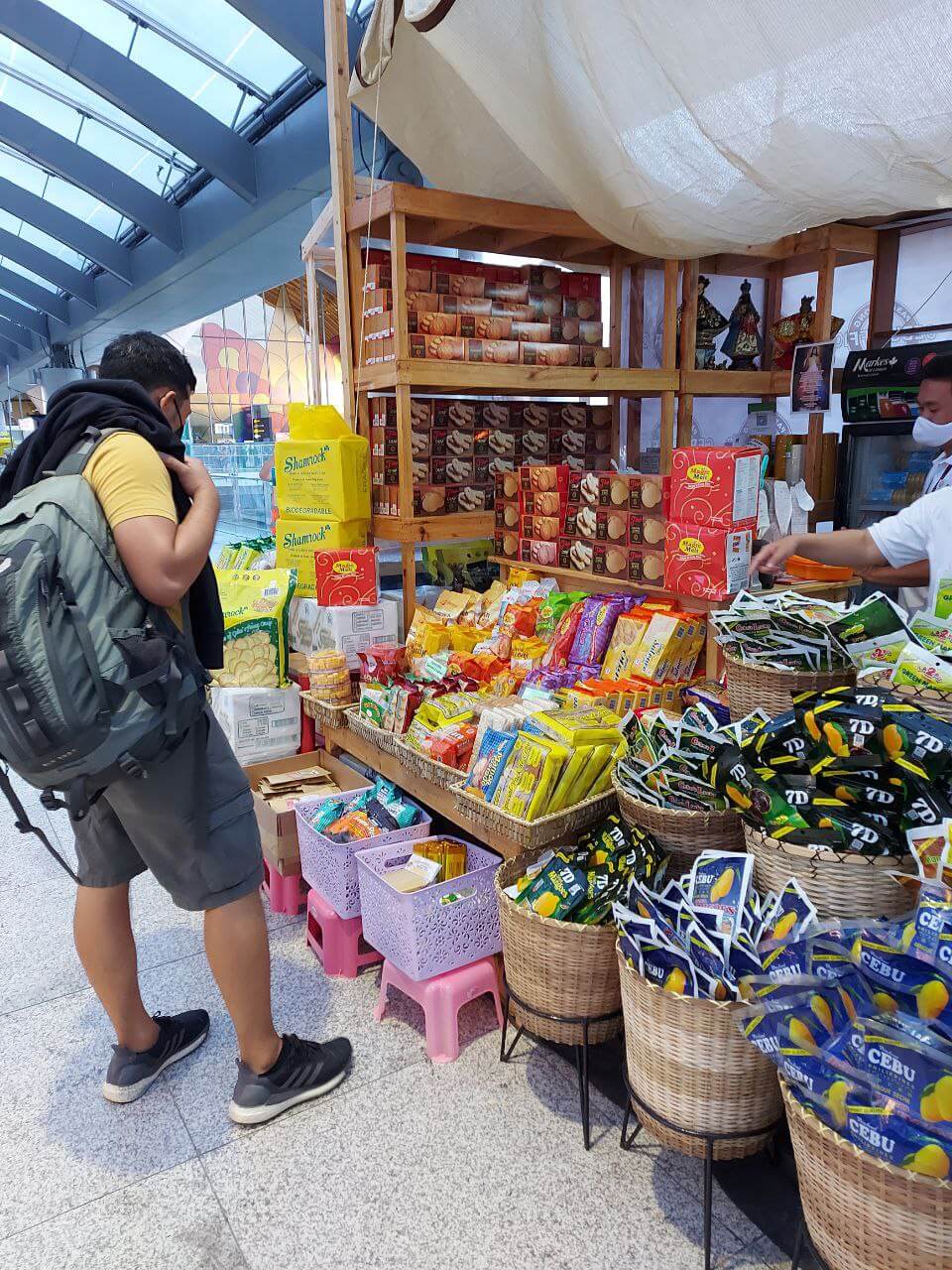
32. “Ayo!” = “Hello!”
This is not the usual hello when you greet someone. It is specifically used when you call the attention of the store attendant, especially when nobody is around.
33. “Kanus-a mangabli?” = “When will it open?”
Say this if you want to know when the store or establishment will open.
34. “Papalita ko / Mupalit ko” = “I’ll buy”
When someone is already there, you can say this if you want to buy something. You may add the item you are buying like this: “Mupalit ko ug tubig” (I’ll buy water).
35. “Unsa ni? / Unsa na?” = “What’s this? / What’s that?”
“Unsa” means “what”, and you add “ni” when you refer to “this”, and “na” for “that”.
36. “Tagpila?” = “How much?”
Use this Bisaya word when you want to know the price of something.

37. “Pila tanan?” = “How much is the total bill?”
Say this Cebuano phrase if you want to know the total price or bill of what you bought from stores, malls , restaurants, or cafes in Cebu .
38. “Mubayad ko” = “I’ll pay”
And when you already paid, you can change “mu” to “ni” as in “Nibayad na ko!” (I already paid!).
39. “Pwede muhangyo?” = “Can you give me a discount? / Can I ask for a favor?”
Say this when you want to haggle in the market. You can also use these Bisaya words when you ask a favor from someone.
40. “Kuha lang” = “Just get it”
“Kuha” or “kuhaa” means to get or take. Sometimes, when you buy from a store, the attendant will inform you to grab or get the item yourself.
Handy Cebuano words and phrases for eating

41. “Mangaon ta!” = “Let’s eat!”
When the food is ready, you usually make this Cebuano remark to invite the people around you to eat. It’s a sign of courtesy even though they will most likely refuse.
42. “Gutom na ko!” = “I’m already hungry!”
Need we say more? Just don’t be “hangry” when saying this Cebuano phrase.
43. “Gusto na ko mukaon!” = “I want to eat!”
When you’re feeling hungry, you say this when you want to eat already.
44. “Kalami / Lami!” = “Delicious!”
You may also add “kaayo” (very) and make it “lami kaayo” (very delicious).
Example: “Lami kaayo ang Cebu delicacies , labi na ang lechon !” (The Cebu delicacies are very delicious, most especially lechon!)
45. “Kaon pa!” = “Eat more!”
Use this phrase when you offer more food to your guests or food buddies.
46. “Busog na ko!” = “I’m already full!”
If you don’t want to eat anymore, this is what you use to refuse the offer.
47. “Dili na ko!” = “I don’t want anymore”
This is another way to say you’ve already had enough food. Be sure to utter “salamat “ (thank you) after.
48. “Wala na koy gana” = “I lost appetite / interest”
This does not only apply to food. You also say this when you lose interest in a certain activity.
49. “Mag-ampo ta!” = “Let’s pray!”
It is a custom here to pray before meals.
50. “Asa ko mulingkod?” = “Where do I sit?”
You ask this if you don’t know where to sit, especially when there’s a gathering or feast.
So, which of these Cebuano or Bisaya words and phrases are easy to remember?
As you interact more with the locals, you’ll discover deep Bisaya words and phrases that will surely come in handy.
Looking for a place to stay in Cebu? If you can splurge, stay in any of these Cebu beach resorts or Cebu City hotels and resorts . But if you’re on a tight budget, take your pick from these cheap hotels in Cebu or hotels near Mactan Airport .
Traveling to other parts of the Philippines? You might also want to learn Filipino , Ilocano , Bicolano , Hiligaynon , Waray , and Chavacano .
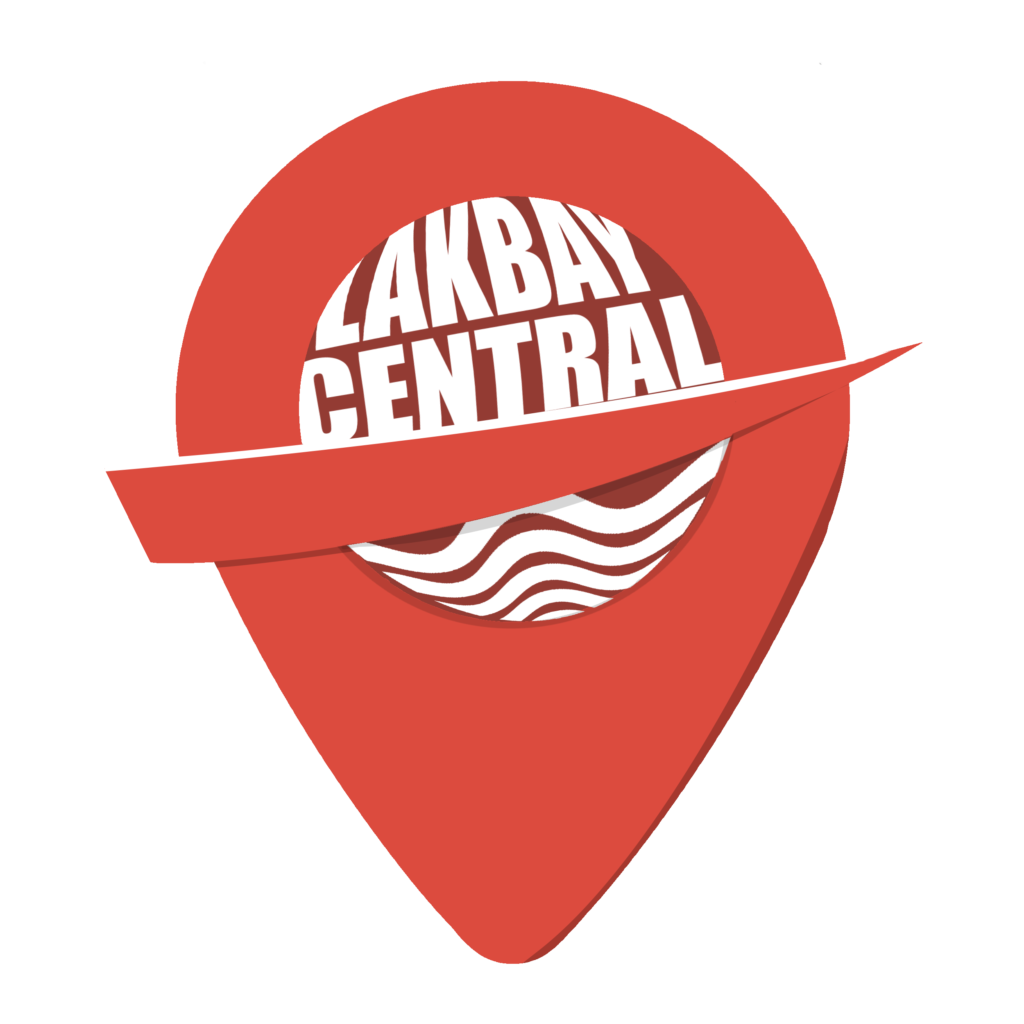
- Restaurants
- Art and History
100 Easy-to-Learn Bisaya Words for Tourists
Heading to General Santos or SOX and don’t speak a lick of Bisaya?
No worries! This article provides essential “Bisaya words for tourists.” Whether you’re a non-Bisaya-speaking Filipino or a foreign traveler, this guide is your lifeline.
Bookmark it now, and have these words at your fingertips whenever you need a quick language assist.

Basic Greetings and Politeness
Connecting with locals becomes a breeze when you master basic greetings and expressions. Learning these fundamental Bisaya terms will help you foster goodwill, showcase respect, and possibly even bag a local tip or two.
Maayong buntag (Good morning) – mah-ah-yong boon-tag
“Maayong buntag! Kumusta ka?” (Good morning! How are you?)
Maayong hapon (Good afternoon) – mah-ah-yong hah-pon
“Maayong hapon, sir.” (Good afternoon, sir.)
Maayong gabii (Good evening/night) – mah-ah-yong gah-bee-ee
“Maayong gabii. Asa ang otél?” (Good evening. Where is the hotel?)
Salamat (Thank you) – sah-lah-mat
“Salamat sa imong tabang.” (Thank you for your help.)
Palihog (Please) – pah-lee-hog
“Palihog hatagi ko og tubig.” (Please give me water.)
Oo (Yes) – oh-oh
“Oo, gusto ko ana.” (Yes, I want that.)
Dili (No) – dee-lee
“Dili, salamat.” (No, thank you.)
Unsa imong pangalan? (What is your name?) – oon-sah eem-ong pang-ah-lan
“Unsa imong pangalan?” (What is your name?)
Ako si [Name] (I am [Name]) – ah-ko see
“Ako si Maria.” (I am Maria.)
Pasayloa ko (I’m sorry) – pah-sah-ylo-ah ko
“Pasayloa ko, na-bangga-an tika.” (I’m sorry, I bumped into you.)
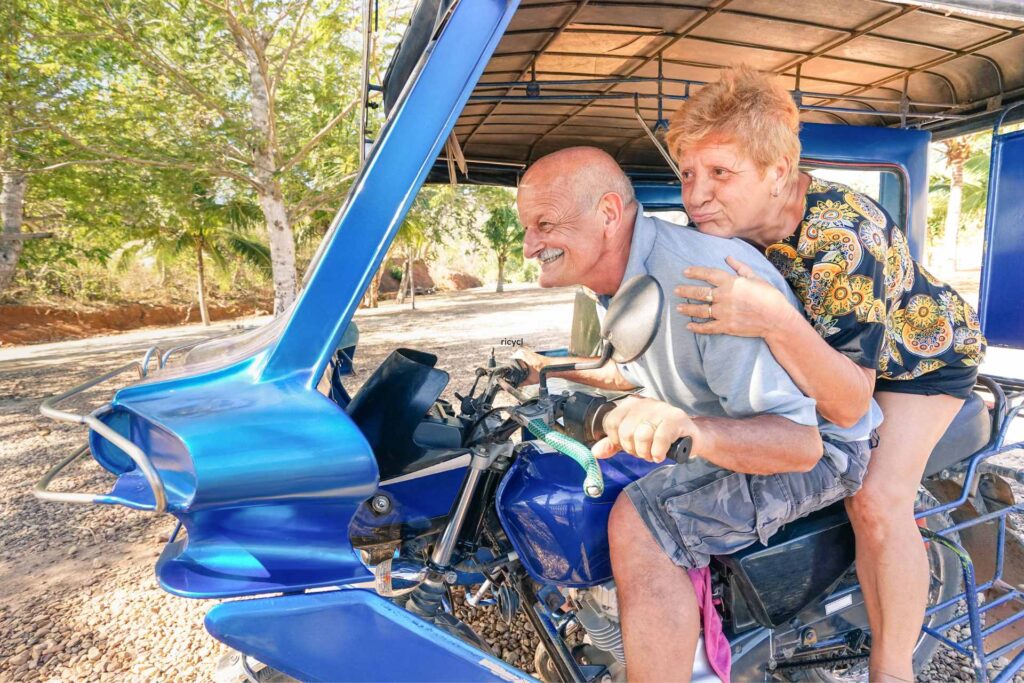
Directions and Transportation
Save time and avoid tourist traps by asking locals for directions. Grasping these Bisaya directional terms keeps you on the right track and enriches your journey with unexpected discoveries.
Wala (Left) – /ˈwah.lah/
“Liko sa wala pagkaabot sa tulay.” (Turn left after the bridge.)
Too (Right) – /ˈtoo-oh/
“Liko sa too sa unahan.” (Turn right up ahead.)
Diretso (Straight) – /diˈreht.so/
“Magdiretso lang ka.” (Just go straight.)
Hinto (Stop) – /ˈhin.toh/
“Hinto sa pula nga suga.” (Stop at the red light.)
Larga (Go) – /ˈlar.gah/
“Larga na ta!” (Let’s go!)
Bus – /boos/
“Asa ang estasyon sa bus?” (Where is the bus station?)
Trisikad (Pedal cab) – /ˈtri.see.kad/
“Pwede ba ko pasakay sa trisikad padulong mercado?” (Can I ride the pedal cab to the market?)
Taxi – /ˈtak.see/
“Palihog tawag og taxi.” (Please call a taxi.)
Estasyon (Station) – /esˈtah.syon/
“Duol ra ang estasyon diri.” (The station is near here.)
Saan? (Where?) – /ˈsah-an/
“Saan ang CR?” (Where is the restroom?)

Accommodation
Ensure your stay is comfortable and suits your preferences. With these Bisaya terms, you can specify your needs, ask about amenities, and ensure that your lodgings feel like a home away from home .
Kapihan (Café/Coffee shop) – /kaˈpi.han/
“Asa ang pinakaduol nga kapihan diri?” (Where’s the nearest café here?)
Reserbasyon (Reservation) – /ˌres.erˈbah.syon/
“Aduna koy reserbasyon sa ngalan ni Juan.” (I have a reservation under the name Juan.)
Kwarto (Room) – /ˈkwar.toh/
“Pila ang isa ka kwarto karon?” (How much is a room now?)
Banyo (Bathroom) – /ˈban.yoh/
“Asa ang banyo?” (Where is the bathroom?)
Higdaanan (Bed) – /higˈdaa.nan/
“Ang higdaanan dako ug komportable.” (The bed is big and comfortable.)
Yabi (Key) – /ˈya.bee/
“Palihog hatag ang yawi sa kwarto.” (Please give the room key.)
Resepsyon (Reception) – /ˌres.epˈsyon/
“Pakita ko sa resepsyon.” (Take me to the reception.)
Gawas – /ˈga.was/
“Inig gawas nako.” (When I come out?)
Hayahay (Comfortable) – /ˈha.ya.hay/
“Diri ta kay hayahay.” (Let’s be here it’s comfortable.)
Tubig (Water) – /ˈtoo.big/
“Palihog hatagi ko og tubig.” (Please give me some water.)
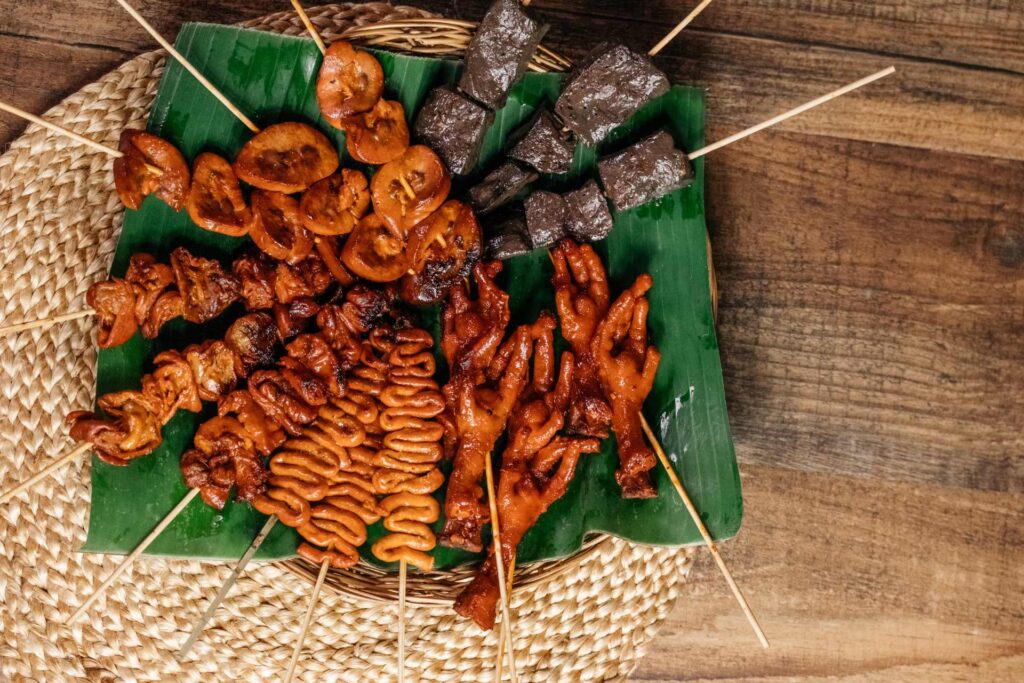
Dining and Food
Don’t get lost in a menu or miss out on a regional specialty. These food-related Bisaya words ensure you savor the real flavors of the region and order with confidence.
“Puede ko mangayo og tubig?” (Can I have some water?)
Kan-on (Rice) – /kaˈn-on/
“Dako pa ko’g kagutom, palihog dugang kan-on.” (I’m still hungry, please give more rice.)
Isda (Fish) – /ˈis.dah/
“Unsa nga klase sa isda ang imong gustong orderon?” (What kind of fish would you like to order?)
Baboy (Pork) – /baˈboy/
“Dili ko mokaon og baboy.” (I don’t eat pork.)
Manok (Chicken) – /maˈnok/
“Palihog, usa ka order nga grilled manok.” (Please, one order of grilled chicken.)
Halang (Spicy) – /ha’lang/
“Ayaw palabi kaon og halang.” (Don’t eat too much spicy food.)
Tam-is (Sweet) – /ˈtam-is/
“Tam-is kaayo ang leche flan.” (The leche flan is very sweet.)
Gutom (Hungry) – /ˈgu.tom/
“Gutom na ko.” (I’m hungry.)
Uhaw (Thirsty) – /ˈu.haw/
“Uhaw kaayo ko, puede pa-abot og tubig?” (I’m very thirsty, can I have some water?)
Kan-anan (Restaurant) – /kanˈah.nan/
“Asa ang maayong kan-anan diri?” (Where is a good restaurant here?)

Shopping and Transactions
Mastering these Bisaya terms for shopping and transactions ensures you get the right souvenirs, snag good deals, and navigate commerce like a local. Whether haggling or simply checking out, these words will be your best companion for a seamless shopping spree.
Tagpila? (How much?) – /tagˈpi.la/
“Tagpila ni?” (How much is this?)
Mahal (Expensive) – /maˈhal/
“Mahal ra ba ning baga?” (Is this bag expensive?)
Barato (Affordable) – /baˈra.to/
“Barato ra ning t-shirt.” (This t-shirt is affordable.)
Hangyo (Discount) – /hangˈyo/
“Aduna bay hangyo kung cash ang bayad?” (Is there a discount if paid in cash?)
Tindahan (Store) – /tinˈda.han/
“Aduna pa bay iba nga tindahan diri?” (Is there another store around here?)
Palit (Buy) – /ˈpa.lit/
“Paliton ko ani.” (I’ll buy this.)
Baligya (Sell) – /baˈlig.ya/
“Baligya ko ani nga cellphone.” (I’m selling this cellphone.)
Abli (Open) – /ˈab.li/
“Abli pa ba ang tindahan?” (Is the store still open?)
Sarado (Close) – /ˈsa.ra.do/
“Sarado na ang botika.” (The pharmacy is closed.)
Sinsilyo (Change, as in coins) – /sinˈsil.yo/
“Wala koy sinsilyo, nota ra.” (I don’t have coins, just bills.)
Emergencies
Your safety is paramount. Knowing these emergency terms in Bisaya can be essential in a pinch, ensuring you get the help you need when every second counts.
Tabang! (Help!) – /taˈbaŋ/
“Tabang! Naligis ako!” (Help! I’ve been hit!)
Doktor (Doctor) – /ˈdok.tor/
“Kinahanglan ko og doktor.” (I need a doctor.)
Pulis (Police) – /ˈpu.lis/
“Tawag sa pulis, na-snatch ang akong bag!” (Call the police, my bag got snatched!)
Ospital (Hospital) – /osˈpi.tal/
“Dal-on siya sa ospital!” (Take him to the hospital!)
Tambal (Medicine) – /ˈtam.bal/
“Asa makapalit og tambal para sa sakit sa ulo?” (Where can I buy medicine for a headache?)
Sakit (Pain or Illness) – /ˈsa.kit/
“Sakit akong tiyan.” (My stomach hurts.)
Lipong (Dizzy) – /ˈli.pong/
“Lipong kaayo ko, puede mulingkod?” (I’m very dizzy, can I sit down?)
Disgrasya (Accident) – /disˈgra.shuh/
“Naa’y aksidente sa dalan.” (There’s an accident on the road.)
Botika (Pharmacy) – /boˈti.ka/
“Asa ang pinakaduol nga botika?” (Where’s the nearest pharmacy?)
Numbers and Time
From shopping bargains to catching a scheduled tour, numbers play a role. Equip yourself with these Bisaya terms to negotiate, plan, and ensure you’re always on schedule.
Usa (One) – /ˈu.sa/
“Usa ka pizza palihog.” (One pizza, please.)
Duha (Two) – /ˈdu.ha/
“Duha ka baso sa tubig.” (Two glasses of water.)
Tulo (Three) – /ˈtu.lo/
“Tulo ka piraso nga manok.” (Three pieces of chicken.)
Upat (Four) – /ˈu.pat/
“Alsaha ang upat ka maleta?” (Carry the four suitcases?)
Lima (Five) – /ˈli.ma/
“Lima ka tao sa kwarto.” (There are five people in the room.)
Unom (Six) – /ˈu.nom/
“Unom na oras sa buntag.” (It’s six o’clock in the morning.)
Pito (Seven) – /ˈpi.to/
“Pito ka buok ang akong apple.” (I have seven apples.)
Walo (Eight) – /ˈwa.lo/
“Walo ka tawo sa team.” (There are eight people on the team.)
Siyam (Nine) – /ˈsij.am/
“Siyam ka bulan ang pagbuhat sa bata.” (It takes nine months to make a baby.)
Napulo (Ten) – /naˈpu.lo/
“Napulo ka sapatos sa tindahan.” (There are ten shoes in the store.)
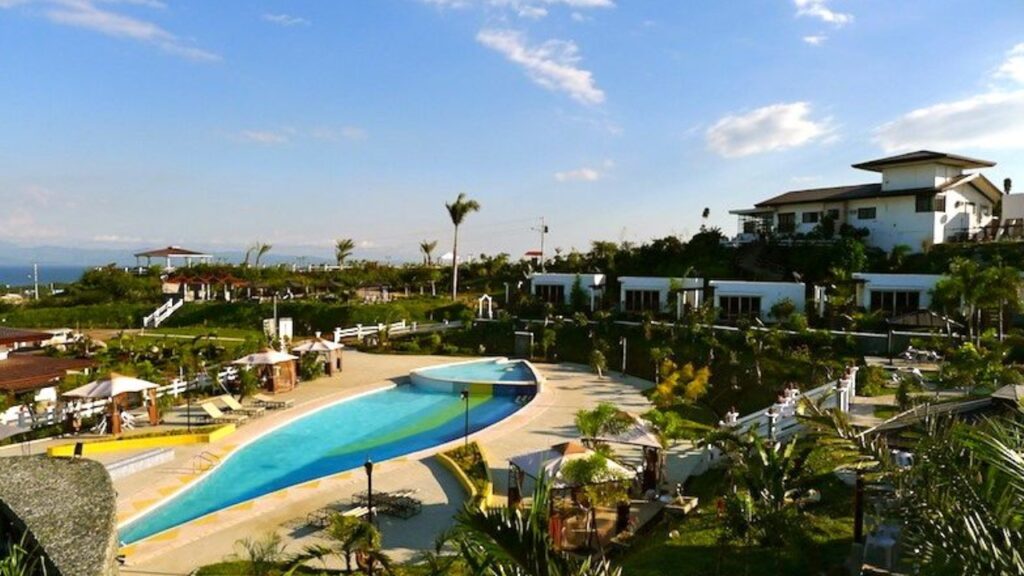
Attractions and Sightseeing
Make the most of the region’s attractions without missing a beat. With these terms, you’ll find top spots and discover hidden gems through local recommendations.
Baybayon (Beach) – /baɪˈba.jon/
“Gusto ko moadto sa baybayon.” (I want to go to the beach.)
Bukid (Mountain) – /ˈbu.kid/
“Mataas ang bukid diri.” (The mountain here is high.)
Busay (Waterfall) – /buˈsay/
“Nindot ang view sa busay.” (The waterfall view is beautiful.)
Museyo (Museum) – /muˈse.jo/
“Asa ang history museyo diri?” (Where is the history museum here?)
Nindot – /nin.doot/
“Nindot ni nga lugar.” (This place is beautiful.)
Pultahan (Entrance) – /pulˈta.han/
“Diin ang pultahan padulong sa kwarto?” (Where is the entrance to the room?)
Gawasanan (Exit) – /ˈga.wa suh-nan/
“Asang gawasanan ani nga building.” (Where is the exit to this building?)
Giya (Guide) – /ˈgij.a/
“Kinahanglan nato ang giya para dili ta maligaw.” (We need a guide so we don’t get lost.)
Mapa (Map) – /ˈma.pa/
“Palihog hatag og mapa sa siyudad.” (Please give a map of the city.)
Tan-aw (View or Sight) – /ˈta.naw/
“Nindot ang tanaw gikan sa bukid.” (The view from the mountain is nice.)
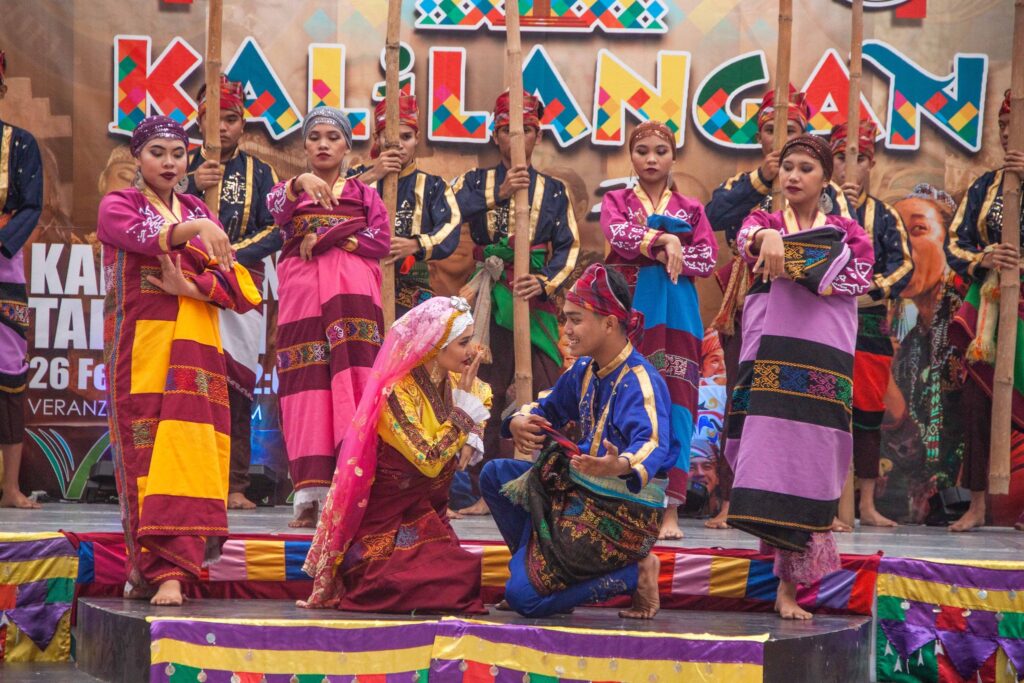
Culture and Festivities
Submerge yourself in the vibrant local scene without feeling like an outsider. These Bisaya words will help you appreciate cultural nuances, partake in festivities , and truly immerse in the region’s heart and soul.
Pista (Festival) – /ˈpis.ta/
“Nindot ang pista diri kada tuig.” (The festival here is great every year.)
Sayaw (Dance) – /ˈsa.yaw/
“Mag sayaw ta sa musika!” (Let’s dance to the music!)
Tugtog (Music) – /ˈtug.tog/
“Nindot ang tugtog sa banda.” (The band’s music is good.)
Tradisyonal (Traditional) – /tra.diˈsjo.nal/
“Tradisyonal nga luto ang lechon.” (The lechon is traditionally cooked.)
Kasaysayan (History) – /ka.saɪˈsa.jan/
“Ang kasaysayan sa siyudad maoy nindot nga matun-an.” (The city’s history is great to learn about.)
Pagsadya (Celebration) – /pag’ suh-ja/
“Dako ang pagsadya karon nga bulan.” (There’s a big celebration this month.)
Kostyum (Costume) – /ˈkos.tjum/
“Palit ko og kostyum para sa Halloween.” (I’ll buy a costume for Halloween.)
Kanta (Song) – /ˈkan.ta/
“Unsay imong paborito nga kanta?” (What’s your favorite song?)
Sining (Art) – /ˈsi.niŋ/
“Daghan og sining sa museyo.” (There’s a lot of art in the museum.)
Handumanan (Souvenir) – /han.duˈma.nan/
“Palit ko og handumanan para sa akong pamilya.” (I’ll buy souvenirs for my family.)
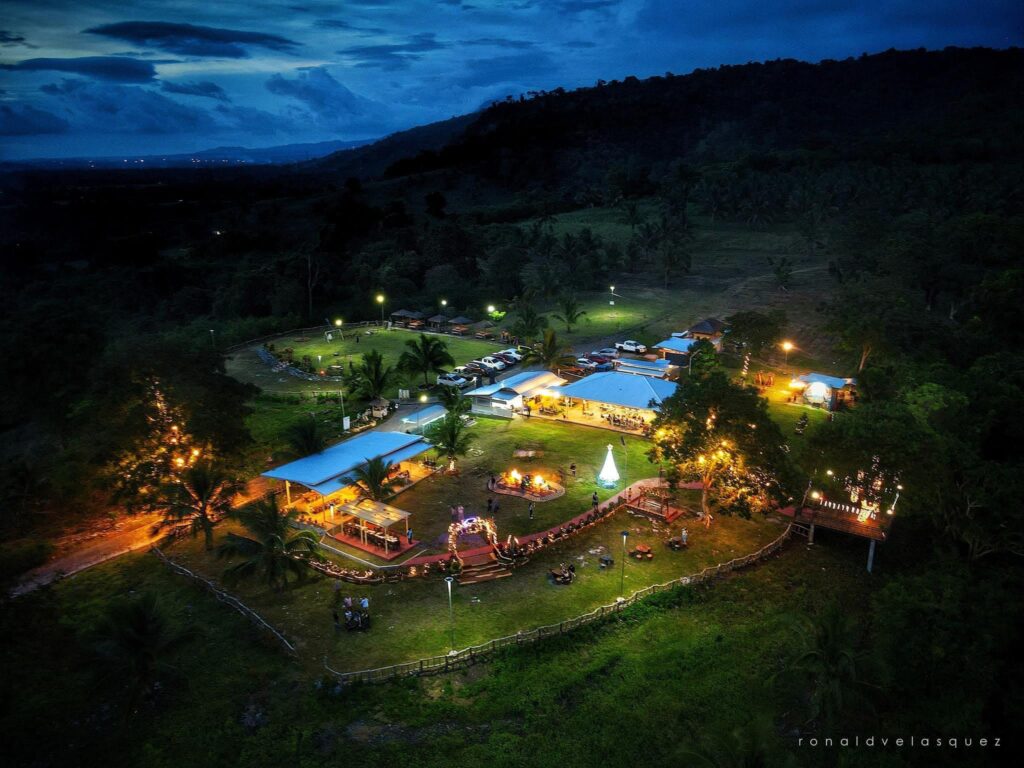
Nature and Environment
Experience nature in its fullest and respect the environment. These Bisaya words allow you to delve deeper into natural wonders, inquire about local fauna and flora, and tread lightly in this beautiful world.
Kahoy (Tree) – /ˈka.hoj/
“Ang kahoy duol sa akong balay.” (The tree is near my house.)
Bulak (Flower) – /ˈboo-lak/
“Nindot ang hulbot sa hardin.” (The flowers in the garden are beautiful.)
Suba (River) – /ˈsu.ba/
“Ayaw paglangoy sa suba, daku ang sulog.” (Don’t swim in the river, the current is strong.)
Adlaw (Sun) – /ˈad.law/
“Init kaayo ang adlaw karon.” (The sun is very hot today.)
Ulan (Rain) – /ˈu.lan/
“Ga-ulan, kinahanglan nato ang payong.” (It’s raining, we need an umbrella.)
Hangin (Wind) – /ˈha.ŋin/
“Kusog ang hangin sa baybayon.” (The wind at the beach is strong.)
Bato (Rock/Stone) – /ˈba.to/
“Mag-ingat sa mga bato samtang naglakaw sa bundok.” (Be careful of the rocks while hiking the mountain.)
Dagat (Sea/Ocean) – /ˈda.gat/
“Gusto ko magswimming sa dagat.” (I want to swim in the sea.)
Prutas (Fruit) – /ˈpru.tas/
“Gusto ko og prutas gikan sa palengke.” (I want fruits from the market.)
Mananap (Animal) – /ˈma’nuh-nap/
“Daghan og mananap sa zoo.” (There are many animals in the zoo.)
Bisaya words for tourists in English sentences.
If you find the examples above too hard to follow because they are used in full bisaya sentences, then you will love the following examples.
We’ve created examples that use the Bisaya word inside an English sentence.
- Salamat (Thank you) – “Salamat for helping me out.”
- Oo (Yes) – “Oo, I’d like some coffee.”
- Dili (No) – “Dili, I’m not hungry.”
- Maayong Buntag (Good Morning) – “Maayong Buntag! It’s a bright day!”
- Maayong Hapon (Good Afternoon) – “Maayong Hapon, how was your day?”
- Maayong Gabii (Good Evening) – “Maayong Gabii, enjoy your dinner!”
- Paalam (Goodbye) – “Paalam, see you tomorrow!”
- Unsa (What) – “Unsa ang name ani nga food?”
- Asa (Where) – “Asa ang nearest ATM?”
- Tagpila (How Much) – “Tagpila ning souvenir?”
Food and Drinks
- Kan-on (Rice) – “I’d love some kan-on with my grilled fish.”
- Tubig (Water) – “Can I have a glass of tubig, please?”
- Kape (Coffee) – “Kape is a must for me every morning.”
- Pan (Bread) – “This pan is so fresh and delicious.”
- Isda (Fish) – “The grilled isda here is fantastic.”
- Baboy (Pork) – “I don’t eat baboy for dietary reasons.”
- Baka (Beef) – “Do you have a baka steak available?”
- Manok (Chicken) – “Manok adobo is my favorite dish!”
- Beer (Beer) – “One cold beer, please.”
- Prutas (Fruits) – “I’d like to buy some prutas for breakfast.”
- Tu-o (Left) – “Turn tu-o after the next traffic light.”
- Tuo (Right) – “The shop is on your tuo.”
- Diretso (Straight) – “Just keep going diretso for another mile.”
- Atbang (Opposite) – “The bookstore is atbang the cafe.”
- Likod (Behind) – “The parking lot is likod the building.”
- Kilid (Beside) – “The pharmacy is kilid the bakery.”
- Unahan (In Front) – “The bus stop is unahan the post office.”
- Sulod (Inside) – “The manager is sulod the office.”
- Gawas (Outside) – “Let’s meet gawas in five minutes.”
- Libot (Around) – “I took a walk libot the park.”
- Duol (Near) – “Duol ra ba ang mall from here?”
- Layo (Far) – “Your destination is layo pa.”
- Kwarto (Room) – “How much is a kwarto for two?”
- Banyo (Bathroom) – “Where’s the banyo in this restaurant?”
- Suga (Light) – “Can you turn off the suga before leaving?”
- Katre (Bed) – “The katre in this hotel is very comfy.”
- Kutson (Matress) – “May we ask for an extra kutson?”
- Aircon (Air Conditioner) – “Can you adjust the aircon temperature?”
- Telebisyon (Television) – “What channels does this telebisyon have?”
- Reserba (Reserve) – “I’d like to reserba a table for two.”
- Yabi (Key) – “Where’s the yabi to our room?”
- Salog (Floor) – “My room has a tiled salog.”
- Bintana (Window) – “Can I get a kwarto with a bintana view?”
- Pultahan (Door) – “The pultahan of the room is so huge?”
Transportation
- Sakay (Ride) – “Where can I sakay a bus to the city?”
- Bus (Bus) – “The next bus arrives in 20 minutes.”
- Taxi (Taxi) – “Can you help me hail a taxi?”
- Eroplano (Airplane) – “My eroplano ticket is for next week.”
- Barko (Ship) – “The barko journey takes about five hours.”
- Istasyon (Station) – “How far is the bus istasyon from here?”
- Singgol (Motorcycle) – “Renting a singgol is a great way to explore.”
- Bike (Bicycle) – “I’d love to tour the city on a bike.”
- Doktor (Doctor) – “I need to see a doktor immediately.”
- Pulis (Police) – “Call the pulis, my wallet was stolen!”
- Ospital (Hospital) – “Which way to the nearest ospital?”
- Tambal (Medicine) – “Is there a pharmacy to buy some tambal?”
- Sakit (Pain or Illness) – “I have sakit in my back after the hike.”
- Lipong (Dizzy) – “I’m feeling lipong, I need to rest.”
- Disgrasya (Accident) – “There was a disgrasya on the highway.”
- Botika (Pharmacy) – “Is there a botika around here?”
- Kalamidad (Emergency) – “In case of kalamidad, follow the exit signs.”
- Usa (One) – “I’ll take usa coffee, please.”
- Duha (Two) – “There are duha cats on the porch.”
- Tulo (Three) – “Tulo cookies are enough for me.”
- Upat (Four) – “The meeting is in upat days.”
- Lima (Five) – “Lima of us are attending the dinner.”
- Unom (Six) – “The show starts at unom PM.”
- Pito (Seven) – “There are pito steps to complete the process.”
- Walo (Eight) – “Walo students are in the advanced class.”
- Siyam (Nine) – “Siyam times out of ten, he’s right.”
- Napulo (Ten) – “The seminar lasts for napulo ka days.”
- Baybayon (Beach) – “The baybayon here is pristine and beautiful.”
- Bukid (Mountain) – “The hike up the bukid was challenging but worth it.”
- Busay (Waterfall) – “The busay is a must-visit spot.”
- Museyo (Museum) – “The art museyo has a fantastic collection.”
- Park – “Let’s relax in the park later.”
- Pultahan (Entrance) – “Where’s the pultahan to this building?”
- Gawasanan (Exit) – “Follow the signs for gawasanan in case of an emergency.”
- Giya (Guide) – “Hiring a giya will give us a deeper understanding of the place.”
- Turista (Tourist) – “There are many turista spots around this area.”
- Pangita (Search/Look for) – “I want to pangita more hidden gems in this city.”
Culture and Entertainment
- Sayaw (Dance) – “The sayaw performance tonight is something you shouldn’t miss!”
- Awit (Song) – “Their awit is deeply rooted in their culture.”
- Kanta (Sing) – “I’d love to kanta along if I knew the lyrics.”
- Dula (Game) – “Let’s play a traditional nga dula with the locals.”
- Pista (Festival) – “The pista here is famous for its vibrant colors and lively music.”
- Salida (Movie/Show) – “Is there a good salida showing tonight?”
- Libro (Book) – “Do you have a libro about local legends?”
- Kasaysayan (History) – “Understanding the kasaysayan helps in appreciating the culture.”
- Kahoy (Tree) – “That kahoy is believed to be a hundred years old.”
- Hulagway (Scenery/Picture) – “Capture that breathtaking hulagway for memories!”
- Kalasangan (Forest) – “The kalasangan here is home to diverse species.”
- Lawa (Lake) – “The stillness of the lawa brings such peace.”
- Bato (Rock/Stone) – “Look at that unique bato formation!”
- Langub (Cave) – “Exploring the langub requires an experienced guide.”
- Mananap (Animal) – “Be cautious; some mananap here can be quite elusive.”
- Bulak (Flower) – “The hill is adorned with colorful bulak in spring.”
- Dagat (Sea) – “The dagat offers some of the best diving spots.”
- Langit (Sky) – “The langit tonight is filled with stars, perfect for stargazing.”
All you need to do is open up your phone, bookmark this article, and voila—you have a handy guide at your fingertips. Relish in the joy of learning, one word at a time, and let your travels be filled with authentic conversations and heartwarming connections.

Bem Talonding
Related posts.
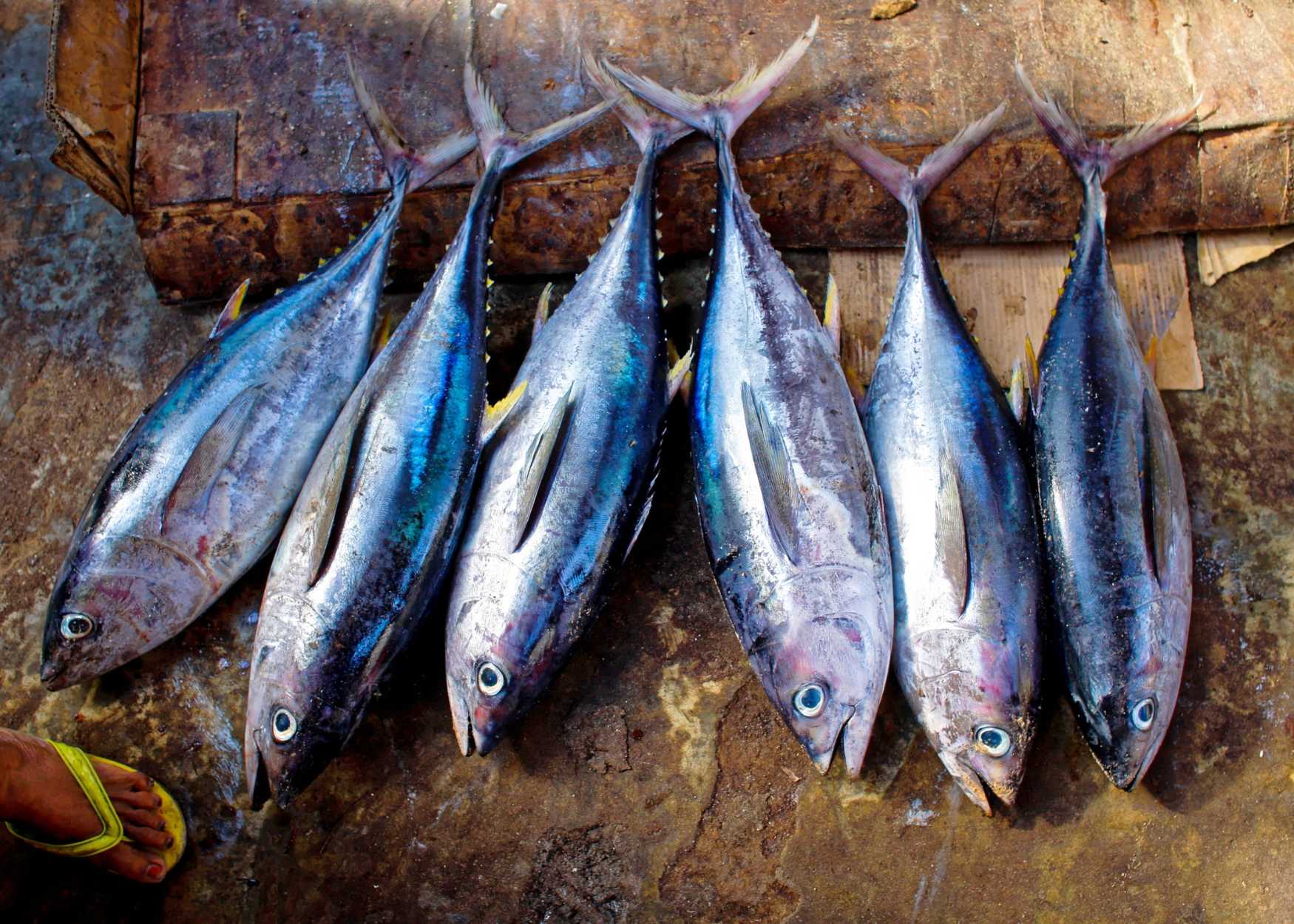
This is Why GenSan is the Tuna Capital of the Philippines.

SM GenSan Restaurants: Top Pick for Foodies
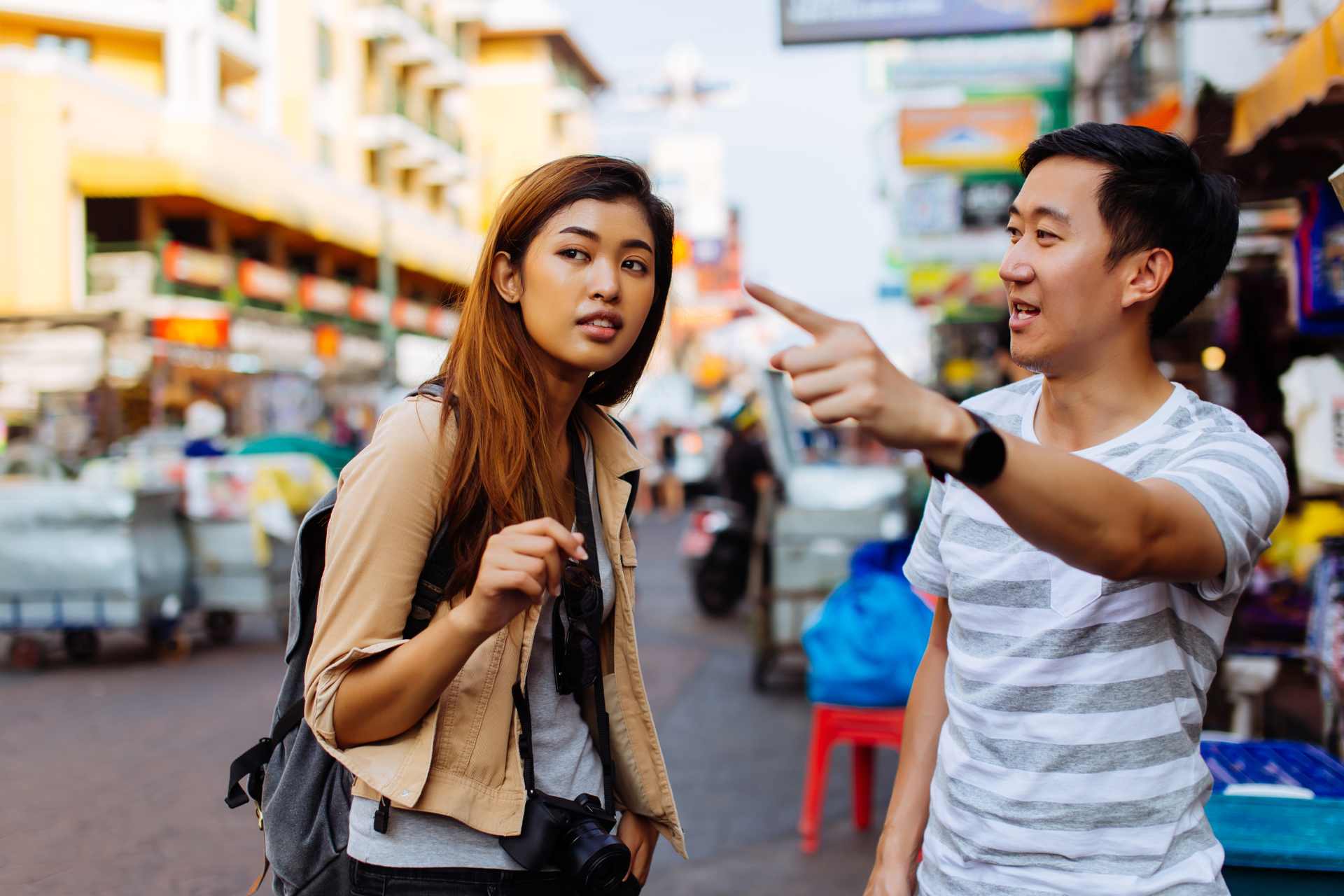

Affiliate Disclaimer: Lingalot is a participant in the Amazon Services LLC Associates Program. As an Amazon Associate this site earns from qualifying purchases. We may also use affiliate links for other programmes. (See full affiliate disclosure.)
34 Bisaya (Cebuano) Quotes, Sayings & Proverbs + Their Meanings
Cebuano people use a lot of sayings and expressions in daily life which offer advice and even sometimes have hidden meanings.
Check out these proverbs and quotes below to gain some insight into Cebuano beliefs and ways of thinking.
Below I’ve listed famous Bisaya quotes, inspiring Bisaya sayings and common Bisaya proverbs.
Table of Contents
Famous Bisaya Quotes & Bisaya Proverbs With English Translation
Below I’ve listed the most famous Bisaya quotes as well as some common Cebuano proverbs with English translation. These are used often in day to day life.
- Ang dili kaantos dili masantos – He who does not endure will not become a saint.
This famous Bisaya quote is similar to the English proverb ‘no pain, no gain’.
- Dili na mabalik ang baha paingon sa bukid – You cannot bring the flood back up the mountain.
The meaning of this Bisaya quote is that what’s done cannot be undone.
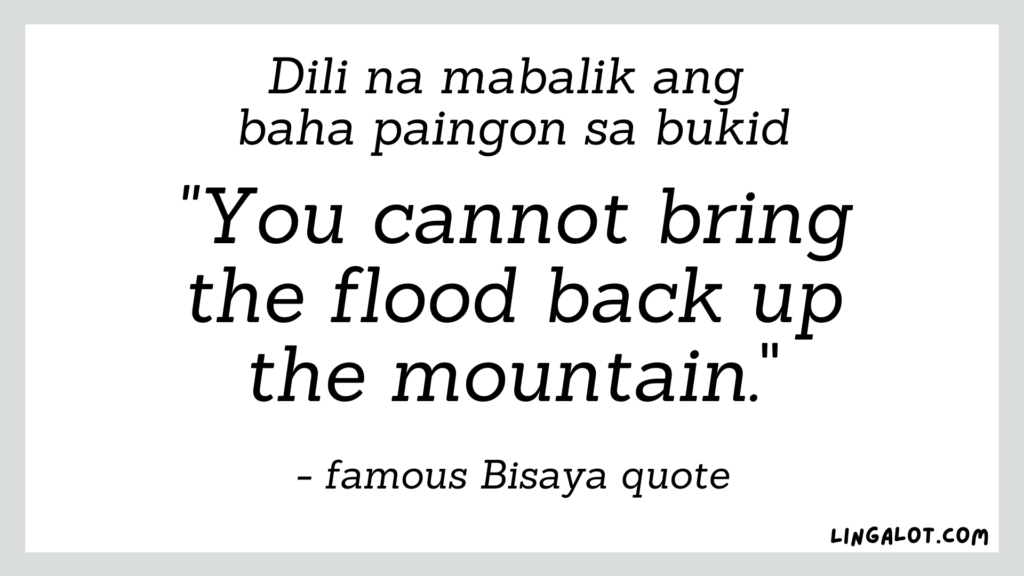
- Kon gusto ikao magdali, maghinay – If you want to go fast, slow down.
- Dili tanang magkatawa malipayon – Not all who laugh are happy.
- Mas daghan ka nakuha, mas labaw ka mangita – The more you have, the more you want.
- Ang kalimot walay gahom – Forgetting has no power.
This Bisaya proverb teaches us that being forgetful gets us nowhere.
- Asa kaman ipadpad maoy imong palad – Wherever the wind blows, there lies your fortune.
- Ayaw adto og gubat kon wala kay bala – Do not go to war if you do not have ammunition.
This Bisaya quote means that you should not do something unprepared.
- Bisan ang uwan naay paglurang – Even rain has abatement.
This Bisaya saying means that everything has an end.
- Buhat ang pasulti-on dili sulti ang pabuhaton – Let the work say the words and not the words do the work.
The meaning of this Cebuano quote is that you should let your work speak for itself.
- Dili tanang butang sili nga mohalang dayon – Not everything takes effect immediately like the instant taste of spiciness from a chilli pepper.
- Dili hungot ang kalibutan – The world is not a coconut shell.
The meaning of this Bisaya idiom is similar to the English idiom ‘there are plenty of fish in the sea’.
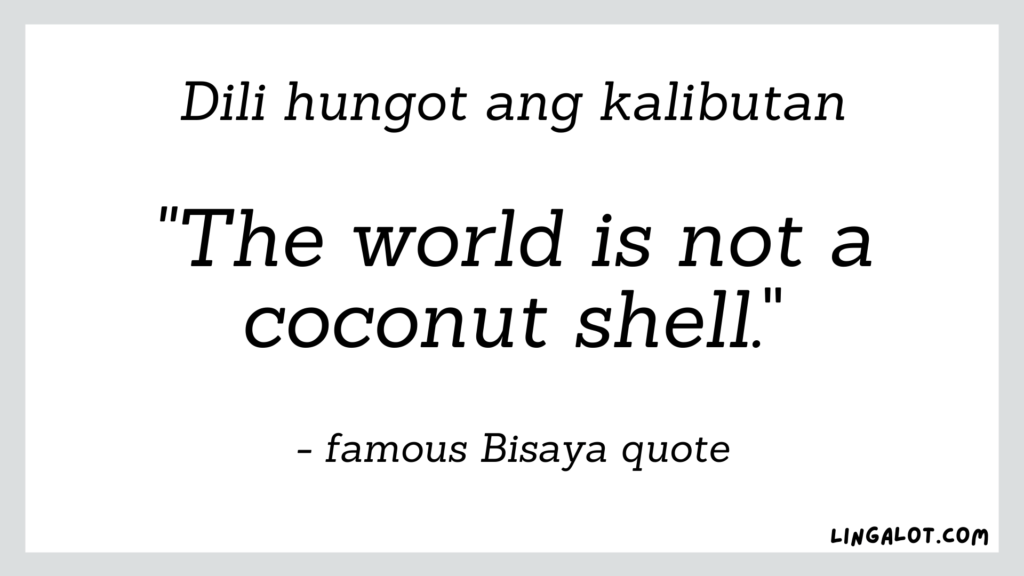
- Ang barko ang moduol sa pantalan, dili ang pantalan moduol sa barko – It is the ship that goes to the port, not the port that goes to the ship.
This Bisaya proverb teaches that the rich should serve the poor and not the other way around.
- Nagtuyok ang kalibotan – The world is rotating.
The meaning of this Bisaya saying is that one moment you could be at the top of your game but the next you are not.
- Sa usa ka bulig naa gayod usa ka buang – There’s always a crazy one in a bunch.
The meaning of this Bisaya quote is that there’s always a bad person in every group.
- Unaha usa og silhig ang imong tugkaran, ayha manghinlo sa uban – Clean your lawn first before you clean others’ lawns.
This Bisaya proverb indicates that you should deal with your own business/problems before criticizing someone else.
- Walay aso makumkom – There is no smoke that can be held.
This quote means that no secret can be kept forever and will come out eventually.
Beautiful Bisaya Quotes & Bisaya Sayings
Below I’ve listed a range of famous and inspiring Bisaya life quotes and Bisaya sayings.
- Sa kinabuhi wala’y butang nga sigurado, kay kada minuto pwedeng naay magbag-o – In life nothing is certain because every minute, something can change.
- Ang gaba dili magsaba – Bad karma comes without a noise.
This Bisaya quote tells us that punishment for our wrongdoings will come unexpectedly.
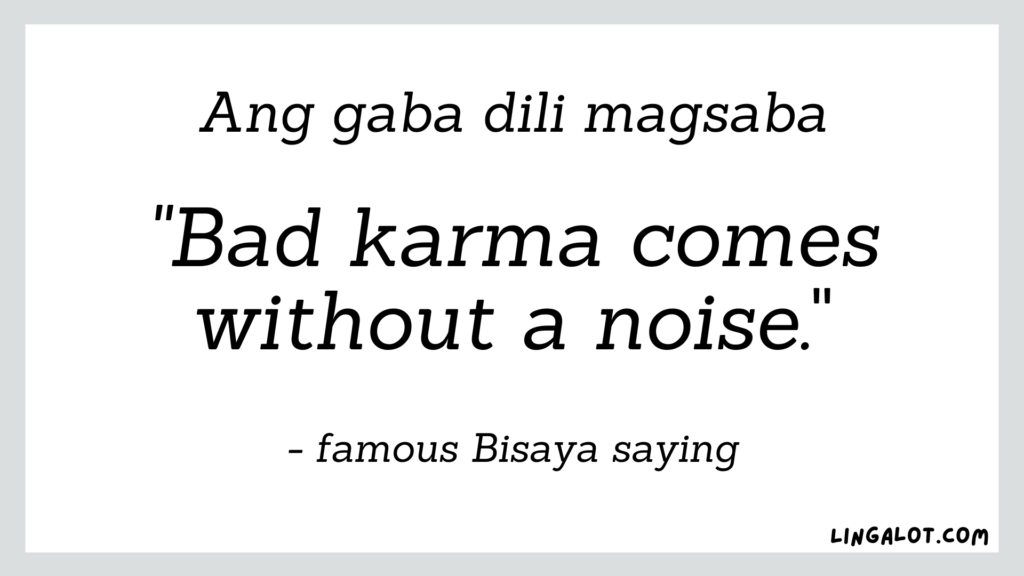
- Walay mahay nga guana – No regret at first.
This quote means that regret usually comes later.
- Walay man kardaba mamunga og tundan – A kardaba banana tree does not give tundan banana fruits.
This famous Bisaya quote is similar to the English proverb ‘the apple doesn’t fall far from the tree’ and means that children replicate their parents’ behavior.
- Sa panahon karun, salug nalang intawn ang musalo nimo kung mahulog ka – In this day and age, only the floor will catch you if you fall.
- Madala nimo ang baka sa suba apan dili nimo mainom – You can lead a horse to the river, but you can’t make him drink.
This proverb means that you can show someone how to do something but you can’t make them do it.
- Bisan ang kabaw nga naay upat ka tiil masipyat – Even the four legged carabao loses its footing.
This Bisaya saying means that we all make mistakes and nobody is perfect.
- Unsaon ang kumpay kon wala nay kabayo – What use is the grass if the horse is dead?
Best Bisaya Idioms & Bisaya Expressions
Below I’ve listed the most well-known Bisaya idioms and expressions. Many of these have hidden meanings.
- Tubig-tubigan – Having a lot of water.
This Bisaya idiom is actually used to mean that someone has a lot of money.
- Utok bolinaw – The brains of a small fish.
The true meaning of this Cebuano idiom is ‘a very dumb person’.
- Abot sa pikas bukid – Reaching the other mountain.
This idiom is used to describe someone who talks loudly.
- Wati na lang ang wala ka pirma – Waiting for the earthworm’s signature.
This Bisaya idiom is used to talk about someone who is expected to pass away soon.
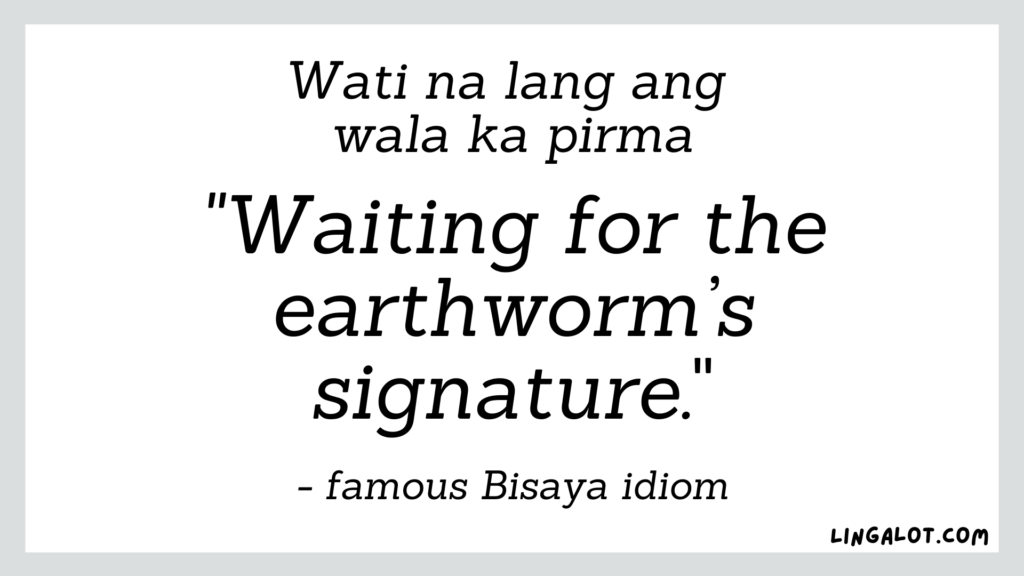
- Baga ug nawong – Thick faced.
This expression is used to talk about someone who does not feel ashamed.
- Kapayason – Just like a papaya.
This Bisaya idiom is used to describe a ‘crybaby’.
- Katol ug kamot – Itchy hands.
This idiom is used to talk about someone who cannot resist stealing.
- Gigukod sa plansa – Chased by the flat iron.
This Bisaya idiom is used to talk about someone who’s wearing wrinkled clothes.
- Igputi sa uwak – When crows turn white.
This idiom is similar to the English version ‘when pigs fly’. It means that something will never happen.
Check out the video below which features a range of famous Bisaya quotes and well-known Bisaya sayings & proverbs.
Thanks for reading this post on the best Bisaya quotes about life, famous Bisaya sayings and fascinating Bisaya proverbs.
These Bisaya quotes & sayings give an interesting insight into the Cebuano beliefs and language.
Related Posts:
Cebuano phrasebook

- 1.3 Consonants
- 1.4 Common diphthongs
- 2.2 Problems
- 2.3 Numbers
- 2.4.1 Clock time
- 2.4.2 Duration
- 2.4.4 Months
- 2.4.5 Writing time and date
- 2.5.1 Transportation
- 2.5.3 Directions
- 2.5.5 Jeepney
- 2.6 Lodging
- 2.9 Shopping
- 2.10 Driving
- 2.11 Authority
<a href=\"https://tools.wmflabs.org/wikivoyage/w/poi2gpx.php?print=gpx&lang=en&name=Cebuano_phrasebook\" title=\"Download GPX file for this article\" data-parsoid=\"{}\"><img alt=\"Download GPX file for this article\" resource=\"./File:GPX_Document_rev3-20x20.png\" src=\"//upload.wikimedia.org/wikipedia/commons/f/f7/GPX_Document_rev3-20x20.png\" decoding=\"async\" data-file-width=\"20\" data-file-height=\"20\" data-file-type=\"bitmap\" height=\"20\" width=\"20\" class=\"mw-file-element\" data-parsoid='{\"a\":{\"resource\":\"./File:GPX_Document_rev3-20x20.png\",\"height\":\"20\",\"width\":\"20\"},\"sa\":{\"resource\":\"File:GPX Document rev3-20x20.png\"}}'/></a></span>"}'/> Cebuano , also called Sugboanon or Bisayan , is a major language in the southern Philippines . It is spoken natively throughout Cebu Province , Bohol , Negros Oriental , Siquijor , and Camiguin , in much of Leyte and Mindanao , and in parts of Samar .
With over twenty million native speakers, Cebuano is the second most common Filipino language, after Tagalog (Filipino). It is the most important of a large group of Visayan languages .
Pronunciation guide
Cebuano is an extremely phonetic language, thus making it much more simple for non-Cebuanos to learn and speak.
If one is familiar with Spanish , this makes Cebuano all the easier. Every Filipino language has similarities to Spanish (the Philippines having been conquered by the Spaniards and subsequently under Spanish rule for 300 years), and the pronunciation is nearly identical. Double "l"s in Cebuano are pronounced with a "y" sound, the "j" is typically spoken as "h", and the "r"s are rolled in the same way Spanish-speakers roll their "r"s.
The most common pronunciation mistake made by non-Cebuano speakers trying to learn the language is its double vowels. These use what linguists call "glottal stops", which makes one sound pause before saying the other sound. Take, for instance, the phrase for good evening: "Maayong gabii". Most non-Filipinos would read that out loud as "mai-yong gabby". Not so. Every vowel in Filipino languages is pronounced, even when it follows another vowel. Thus, good evening would be "ma-ayong gabi-i". So take notice that each double vowel, e.g. aa, ii, oo, ua, au, has a glottal stop between the two vowels.
"Ula and ola" the 'l' has a 'w' sound as in "water". For 'ala' the 'l' disappears e.g. halang (hang).
Stress in Cebuano is next to the last syllable if more than one syllable. Beyond that, with two syllables the first gets stressed.
Unaccented Cebuano Vowels
Accented Cebuano Vowels
Double Cebuano Vowels
Common diphthongs
Phrase list.
For numbers above 10, Spanish is more commonly used, though it spell phonetically. When using numbers with currency, Spanish notation commonly is used (e.g. ₱5.00 , in English, it says five pesos, but in Cebuano, it says singko pesos ( SEENG-kaw PEH-sawss )).
The days of the week are borrowed from Spanish.
The name of the months are borrowed from the Spanish language.
Writing time and date
Dates can be written as follows:
- English format: June 18, 2006 would be Hunyo 18, 2006
- Spanish format: June 18, 2006 would be ika-18 sa Hunyo, 2006
Times are written as in English (as in 6:23AM) but are spoken as in Spanish (as in alas says beynte tres sa buntag ).
Transportation
Due to the nature of the country, which is broken into many islands, railways are not needed by the bulk of the population, who instead turn to planes and ferries to complete longer journeys.
Jeepneys are the most popular means of public transportation in the Philippines. When you hand your fare over to a driver or a conductor (the person who usually keeps on hanging on the jeepney rails), always say your origin, your destination, and how many are you with.
Most of the Philippine road signs are in English.
- Has custom banner
- Guide phrasebooks
- Guide articles
- Philippines language phrasebooks
- Phrasebooks
Navigation menu

- Getting Started
22 Cebuano/Bisaya Words and Phrases to Learn While Visiting Cebu, Philippines
- January 29, 2023
- February 2, 2023
Bisaya is one of the 8 major dialects in the Philippines. It’s the most common language in the Visayas and Mindanao where you are most likely to be visiting.
If you are heading to Cebu, Bohol, Dumaguete, Siquijor, and the surrounding areas, please don’t throw “Mabuhay!” around 5 times a day. Guaranteed, you’ll like a fool.
Don’t get me wrong. It’s a beautiful word to welcome you to the Philippines, but it must remain at the airport.
For starters, Cebuano and Bisaya are used interchangeably. You can use Cebuano or Bisaya to refer to the language spoken in Cebu or the person who lives in Cebu. If a person lives in Manila or Davao City in Mindanao and speaks the language, that person can be identified as Cebuano or Bisaya.
Learning some basic words or phrases in the Cebuano or Bisaya language is honestly pretty simple. Our alphabet is the same as the English language with subtle differences in pronunciation, and that’s what we’re teaching you here as well. The key here is to learn patterns of how the vowels are pronounced.
For example, the word apple is read as ˈap(ə)l in American English. If a Bisaya will read the word apple, it will become ä-pool. In Bisaya, Cebu is pronounced see·boo, not seɪ·boo as you would hear American YouTubers say.
Please note that the words/phrases/sentences mentioned here are primarily used in Cebu, the origin of the Cebuano or Bisaya language, which has spilled all over most parts of Visayas and Mindanao where they have certain variations. Nevertheless, you can learn the words and phrases here and still be understood outside Cebu.
WHAT'S IN THIS POST?
Maayong buntag! (mä-ä-yôNG, bün-täg)
Good morning!
Maayong udto! (mä-ä-yôNG, üd-tü)
Maayong hapon (mä-ä-yông, häpün).
Good afternoon!
Maayong gabii! (mä-ä-yôNG, gä-bē-ē)
Good evening!
Maayong adlaw (mä-ä-yôNG, äd-lou)
Kumusta (kü-müs-tä).
How are you?
Salamat! (sä-lä-mät)
Daghang salamat (däg-häng, sä-lä-mät).
Thank you very much!
Walay sapayan! (wa-läy, sä-pä-yän)
You’re welcome!
Addressing People
This colloquial term is used to address a male friend (not necessarily related).
Sentence: Salamat, bai!
Translation: Thank you, my friend/brother!
These terms are used to address an elderly man or a male elder; mister/miss.
Sentence: Kumusta, nong/nang?
Translation: How are you, mister/miss?
These terms are used to address an older brother/sister (not necessarily).
Sentence: Pilay plete padung Oslob, kuya/ate?
Translation: How much is the fare going to Oslob, bro/sis?
Sentence: Lugar lang ngari, palihog.
Translation: Just drop me here, please.
Ayo! (ˈäyo͞o)
This term is used to knock on the door (even without actually knocking on the door). It’s like saying, “Hello?”
Sentence: Ayo! Naay tawo?
Translation: Hello? Is anybody around?
Mangaon ta!
Getting around, pilay plete.
This phrase is used to ask how much the fare is.
Common sentence: Pilay plete padung Moalboal?
Translation: How much is the fare going to Moalboal?
This phrase is used to tell the driver to find a spot to drop you off.
Common sentence: Lugar lang ngari/ngara.
Translation: Just drop me here/there.
This word is used to express the intention to pay the driver/conductor with a gesture of giving the money.
Sentence: Bayad.
Loose translation: Here’s my fare.
Dealing with Vendors
Pila or tagpila.
This word is used to ask how much something is.
Common sentence: Pila ni/na?
Translation: How much is this/that?
This phrase is used to ask what a thing is.
Common sentence? Unsa ni?
Translation: What is this?
For updates, follow CEBU INSIDER on Facebook and Instagram .
Mario Manlupig
Mario is the Founder of CEBU INSIDER . In March 2018, he left his full-time job at the Philippines' biggest TV network and became a digital nomad, traveling all over the country until the pandemic happened. He now calls Cebu City his home.
Related Posts

Palawan vs. Cebu: Which Is Better to Visit—Palawan or Cebu?
- June 11, 2023

Transportation in Cebu: How to Get Around Cebu

Tips on Etiquette and Customs in the Philippines
- January 1, 2023
Leave a comment Cancel reply
This site uses Akismet to reduce spam. Learn how your comment data is processed .
- Open main menu
- Open search popup
- Philippines
- Close main menu
- Breaking News
- Current Affairs
- Community News
- New Openings
- Activities & Attractions
- Food Reviews
- Food Guides
- Nightlife Guides
- Hotel Reviews
- Hotel Guides
- Family & Kid-friendly
- Photo Spots
- Monthly Lobangs
- Sports & Fitness
- Beauty & Wellness
- Volunteering
- Phillippines
- New Zealand
- Africa & Middle East
- Rest of World
- Travel Guides & Tips
- Perspectives
- Inspiration
- Dating & Relationships
- Self-Improvement
- Upcoming Events
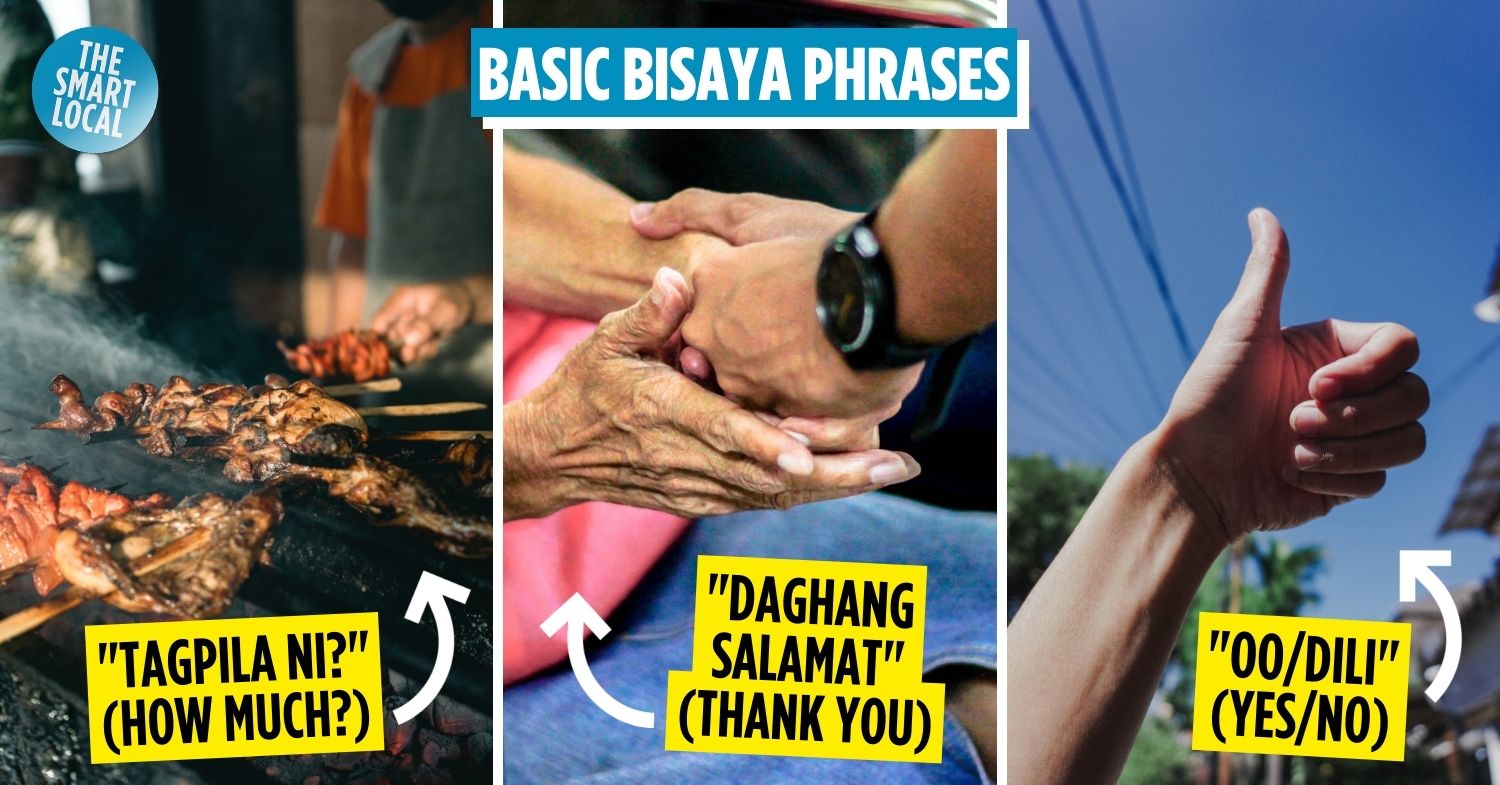
15 Bisaya Phrases To Know When Vacationing In Cebu, Bohol, Siquijor, & More Islands In Visayas
Bisaya phrases to know
Bisaya is the second most spoken language in the Philippines, though used more widely in the Visayas group of islands. It’s also understood in some provinces in Mindanao. including Davao and Cagayan de Oro.
So if you’re planning a vacation in Cebu, Bohol, or Davao, here are Bisaya phrases you should know that’ll make touring these places much easier.
1. “Good morning/afternoon/evening” – “Maayong buntag/hapon/gabii”

In the Philippines, it’s polite to greet the people you meet. Wishing people a good day can also help you make friends easier, so take note of these Bisaya phrases.
To greet someone “Good morning/afternoon/goodnight” in Bisaya, say “ Maayong buntag/hapon/gabii. ” “ Maayo ” (mah-ah-yoh) means “good” while “ buntag” (boon-tahg), “ hapon” (hah-pon), and “ gabii” (gabee-ee) mean morning, afternoon, and night, respectively.
To sound more like a local, you can also say “ ayo ” (ah-yoh), a Bisaya slang, at any time of day in place of these greetings.
Meanwhile, Bisaya speakers don’t usually use the Bisaya word for goodbye as it can have a negative connotation. Instead, you can just use the English word “bye”.
2. “My name is [name]” – “ Ang pangan nako ay [name]”
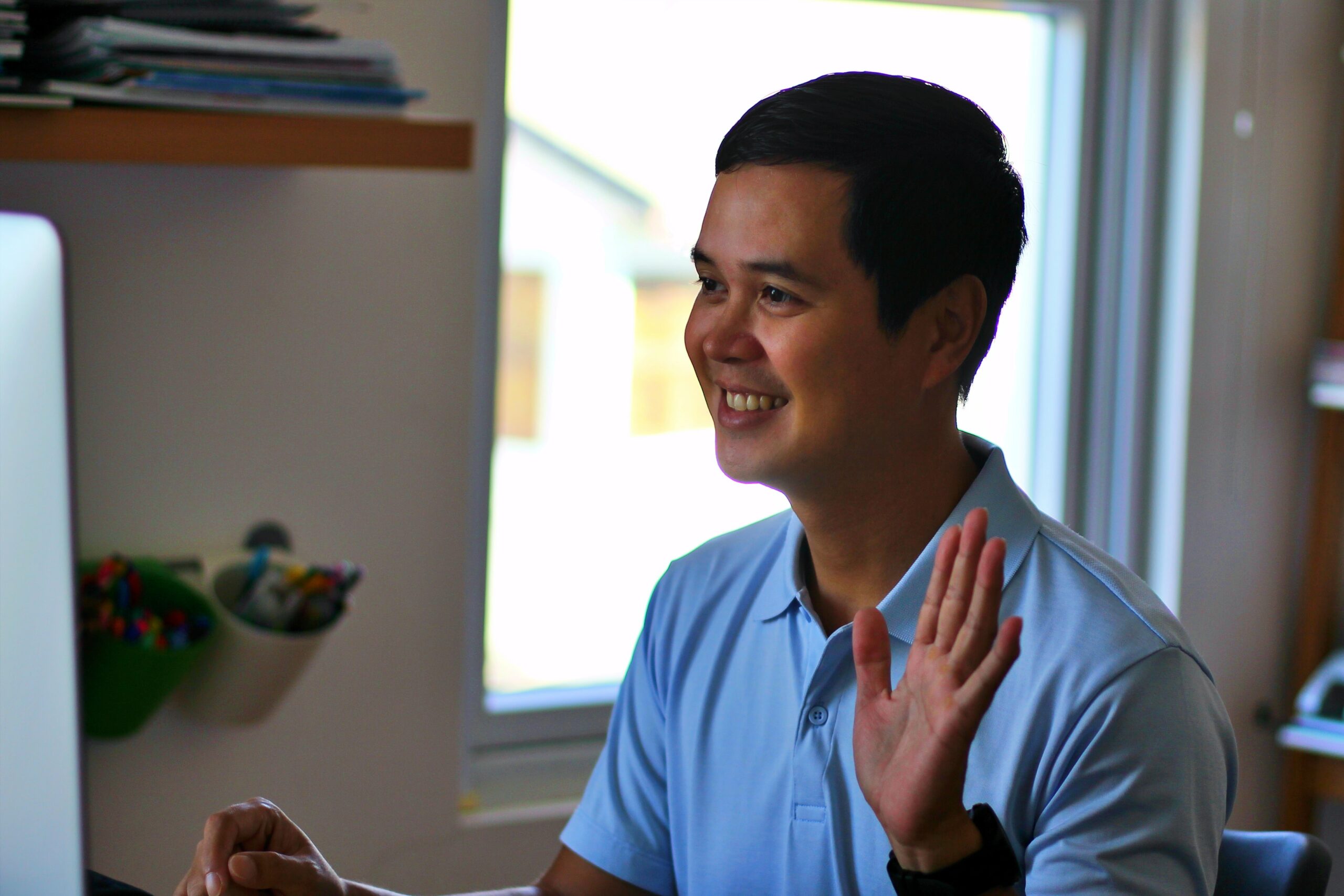
There are many ways to introduce yourself in Bisaya. Some of the Bisaya phrases you can say are “ Akong pangalan kay [name]” or “ Ang pangan nako ay [name].”
You can also use “ Ako si [name]” which is also used to introduce oneself in Filipino.
It’s also important to be able to distinguish the question “What’s your name?” in Bisaya. Usually, it’s “ Unsa’y imong ngalan ?” But just like the answer, the question has many iterations, though it should be easy to recognize with the words “ unsa ” (what), imong (your), and pangan or pangalan (name).
3. Bisaya phrases for honorifics & titles – “Kuya/Ate/Tito/Tita/Lolo/Lola”
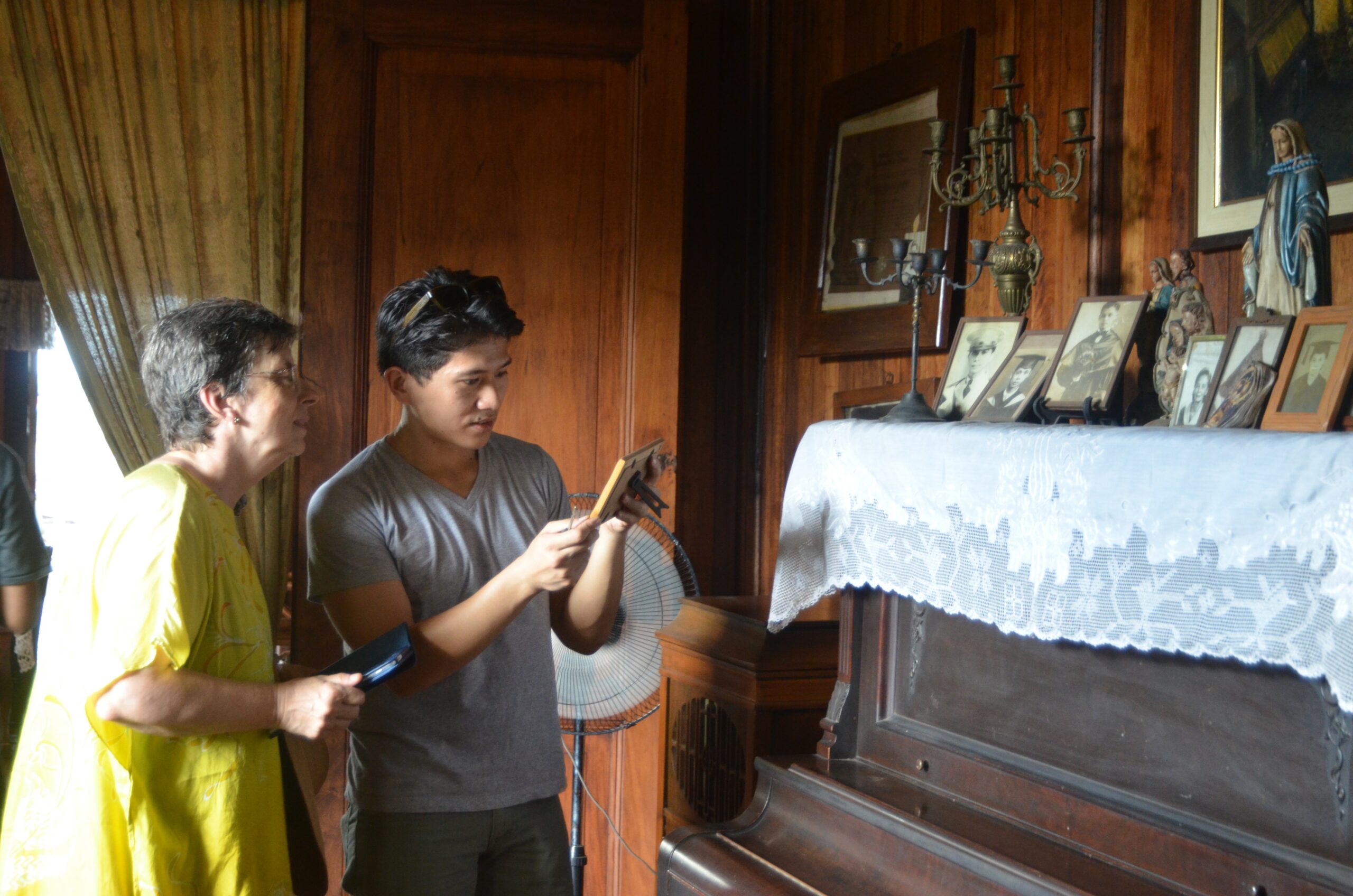
Honorific titles in Bisaya are the same as in Filipino. “ Kuya / ate ” is used for “older brother/sister”. “ Tito / tita ” is used for “ uncle / aunt .” And “ lolo / lola ” is used for “grandfather/grandmother”.
You don’t have to be family members or relatives to use these words. In the Philippines, we use these honorifics alone or add them before people’s names to show respect to our elders.
“ Po “, a word added to indicate respect in Filipino isn’t used in Bisaya and is a dead giveaway that you’re not a local, though you can still use it if you don’t feel comfortable dropping the honorific.
As an alternative to “ po “, you can adjust your tone to be more gentle or formal to be polite.
4. “Yes/No” – “Oo/Dili”

Just like in Filipino, “yes” in Bisaya is “ oo .” However, it’s pronounced as one long “oh” instead of the Filipino language’s two-syllable “oh-oh”.
Meanwhile, no in Bisaya is “ dili ” (dee-lee).
To say “there is” or “there isn’t”, remember the Bisaya phrases “ naa ” or “ wala “, respectively. In Filipino, “ wala ” also means “there isn’t”.
5. “Thank you” – “Salamat”
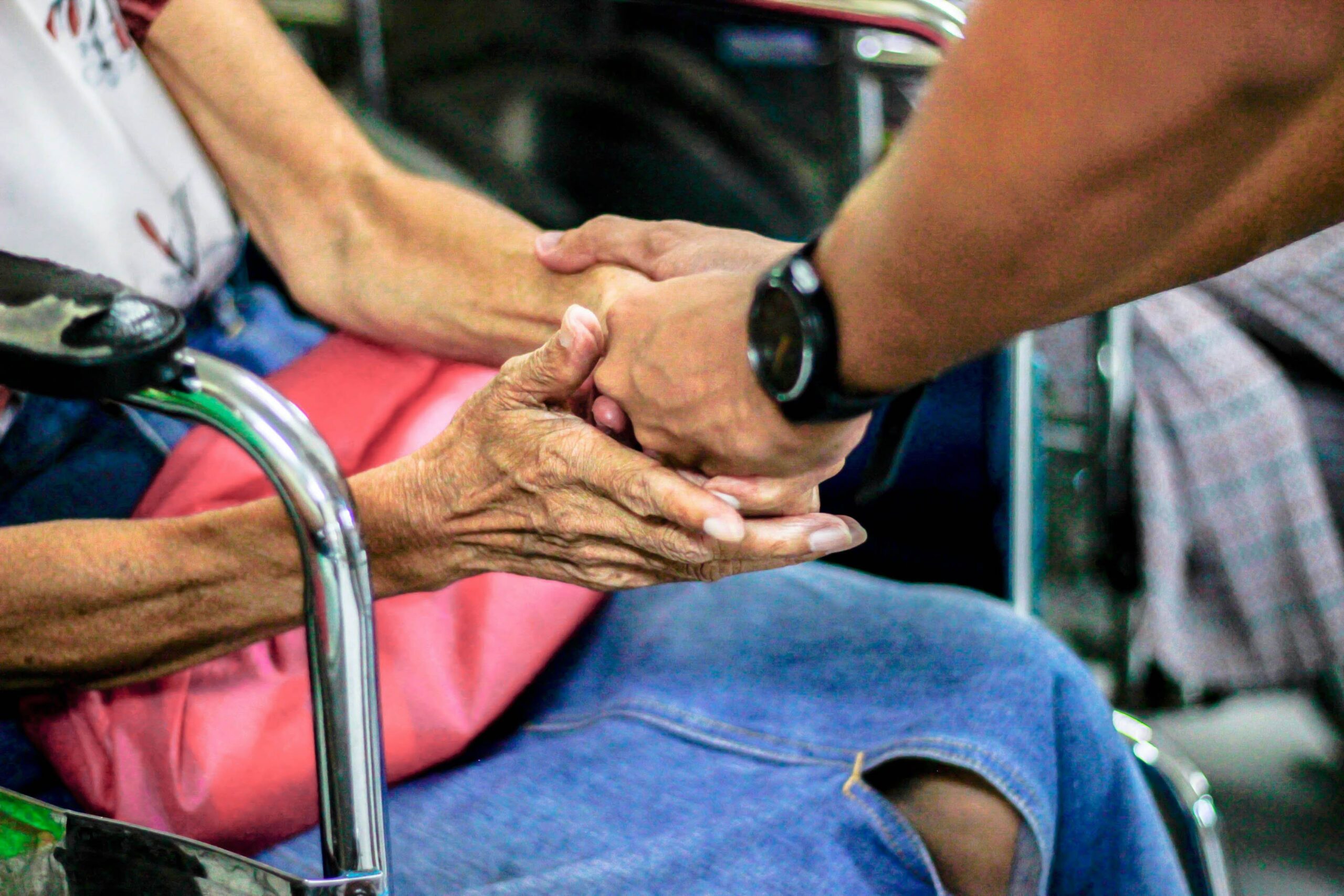
In the Philippines, it’s important to remember to thank people when they do something for you.
The Cebuano phrase for “thank you” is also “ salamat “, just like in Filipino.
If a person has done you a great favor, you can also switch it up and say “ daghang salamat ” or “ salamat kaayo “, which both mean “thank you very much.”
6. “I’m sorry” – “Sorry”
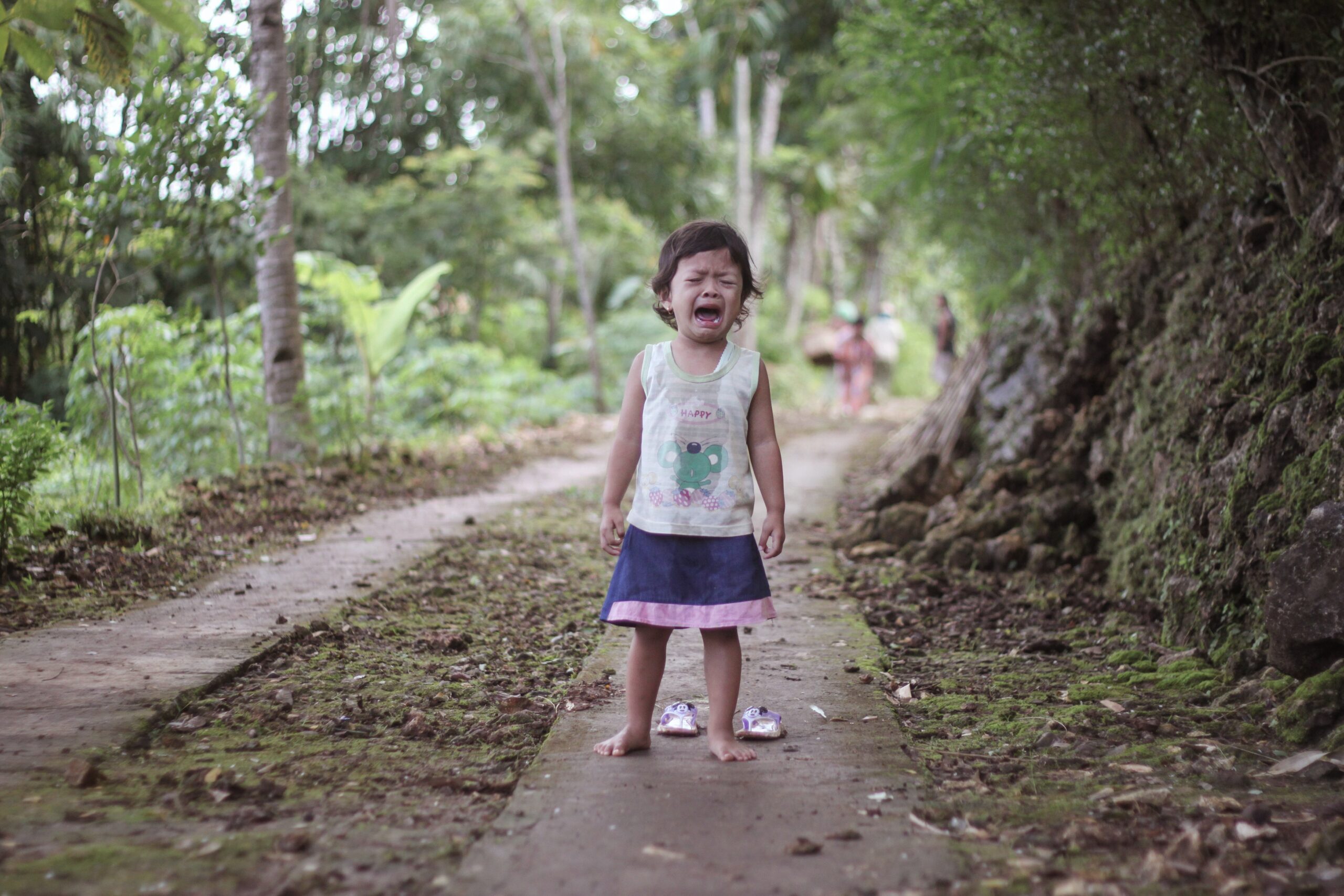
The Bisaya phrase for “I’m sorry” is “ Pasayloa ko .” However, this can be considered too formal for everyday conversations.
In casual settings, Bisaya speakers simply say sorry in English. You can also say “sorry kaayo ” to imply that you’re very sorry.
“ Kaayo ” (kah-ah-yoh) in Bisaya translates to “very”.
7. “Can I ask you a question?” – “Pwede mangutana?”
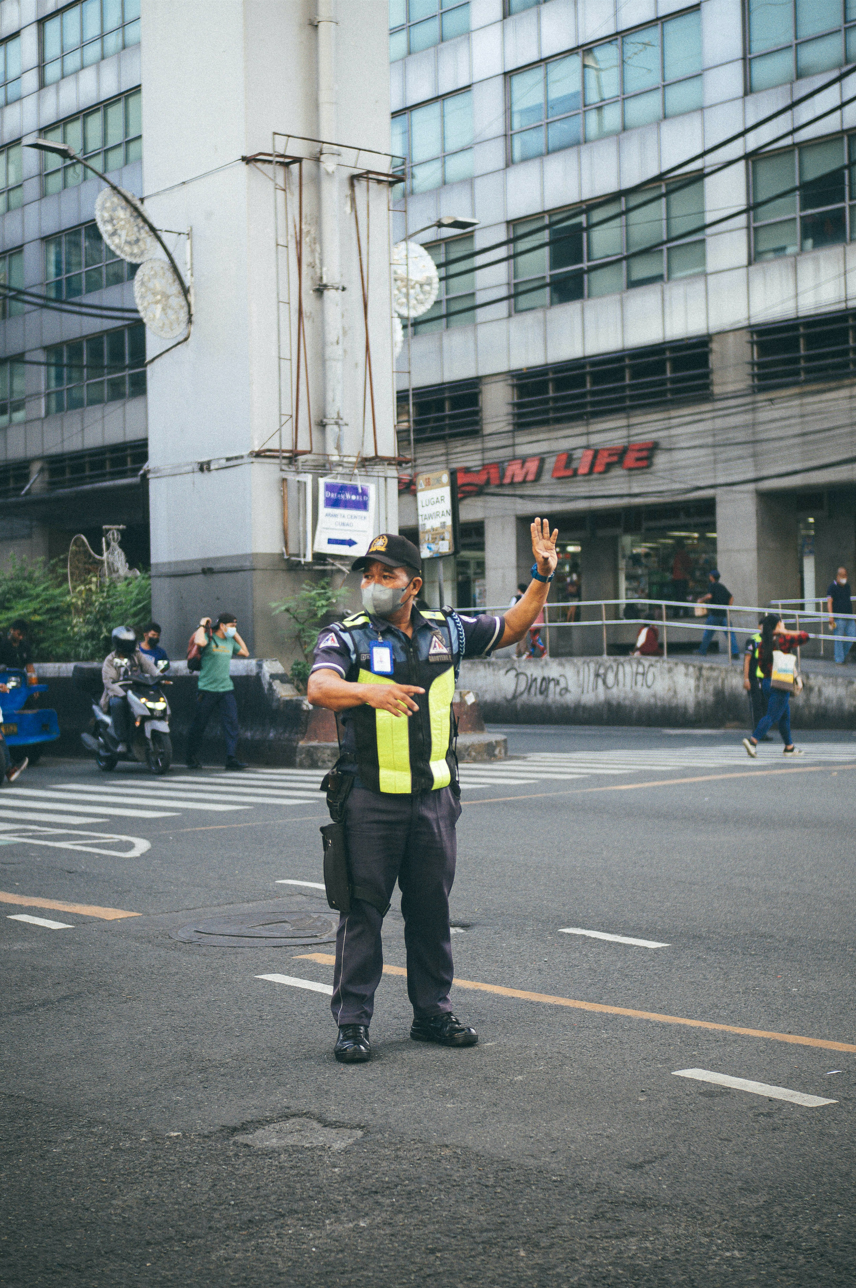
While it is a question in itself, it’s polite to ask people if you can ask them questions, especially if you’re asking a couple or will be needing a lengthy explanation. This shows respect for other people’s time.
To ask “Can I ask you a question” in Bisaya, say “Pwede mangutana?” (pweh-deh mang-oo-tah-nah).
If they reply with “ oo “, you can proceed to ask them your actual question. Or if not, you can just say thank you and move on to the next person.
8. “How do I get to [location]?” – “ Unsaon pagadto sa [location]?”
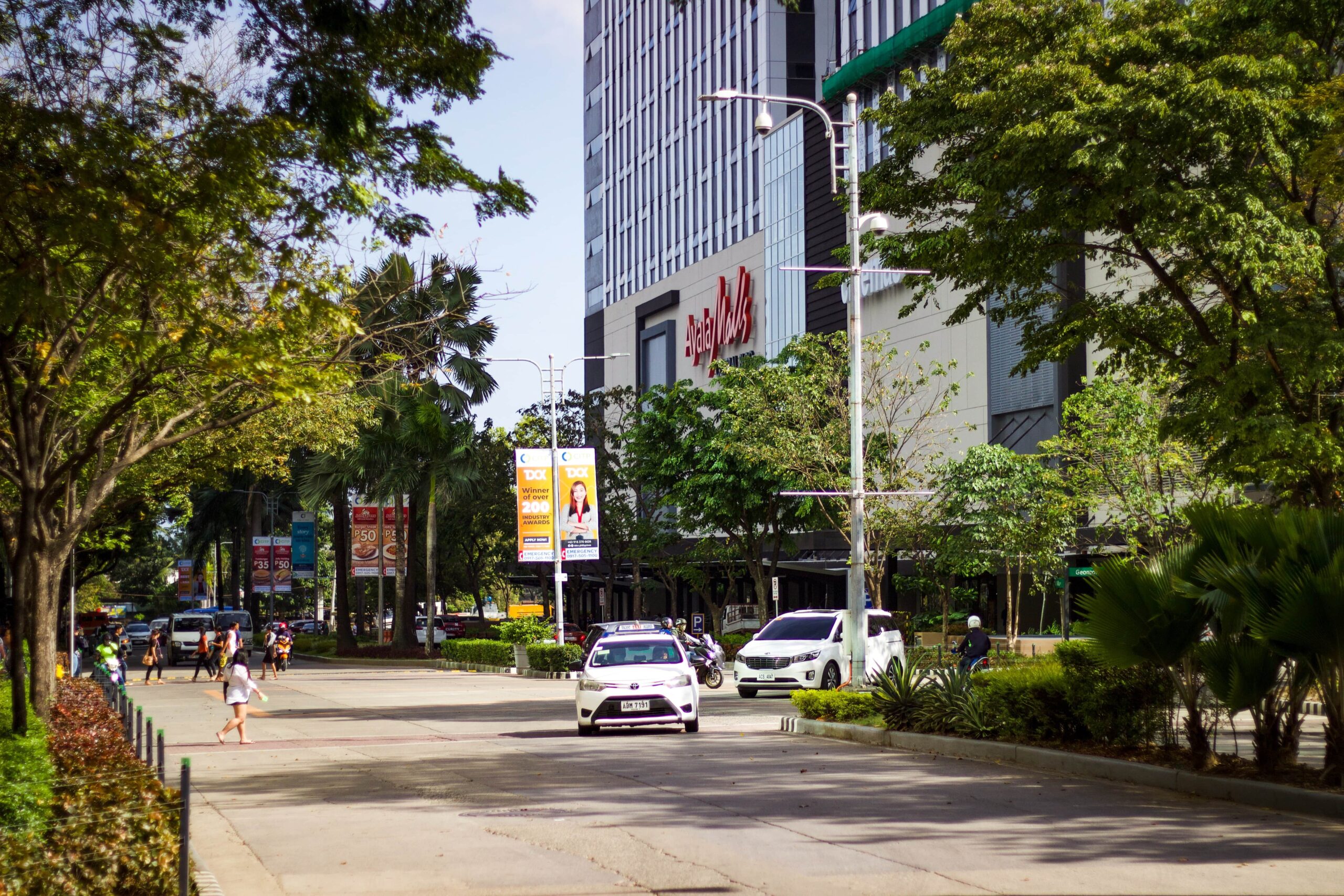
Visayas is home to many beautiful attractions. If you’re not part of a group tour, you’re going to need to ask for directions a lot.
To ask for directions in Bisaya, say “ Unsaon pagadto sa [location]?” (Oon-sah-on pah-gahd-toh sah [location]?). Generally, security guards are good people to ask for directions wherever you are in the Philippines.
A person may reply with the Bisaya phrases “ Wala ko kabalo ” or “ wala ko kahibalo ” if they don’t know the place. Then, you can just say thank you and ask someone else.
9. “Does this ride go to [location]?” – “ Padulong ni sa [location]?”
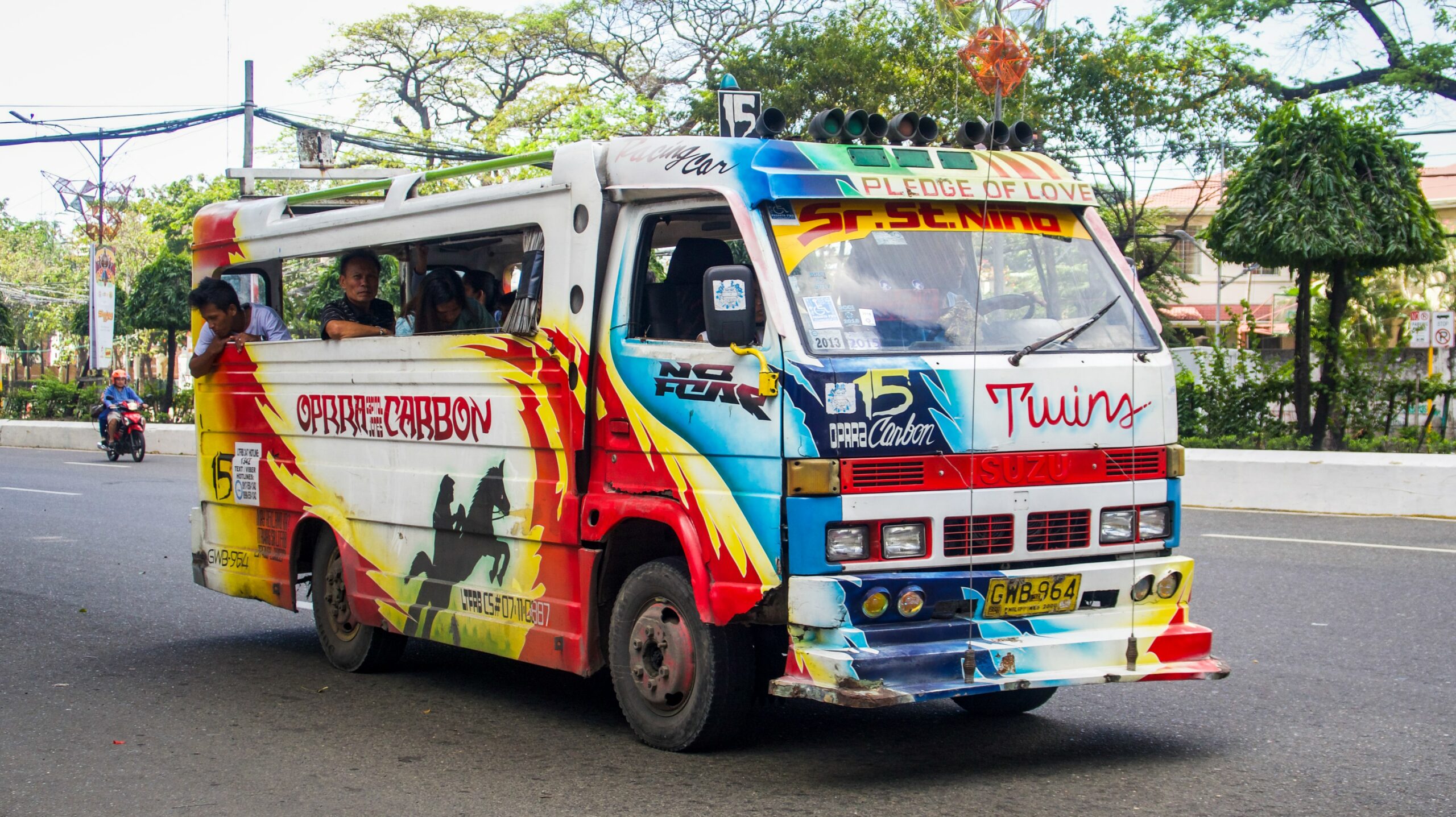
When traveling in a new place, you need to make sure that you’re riding the right public vehicle to avoid getting lost.
You can ask the driver “ Padulong ni sa [location]?” (“Does this head to [location]?”) “ Padulong ” (pah-doo-long), which means “to head to” may also be shortened to “ padung ” (pah-doong).
There are also other ways to ask if a bus/jeep/tricycle goes to your destination. You can say “ Mohapit ni sa ___?” (“Does this stop by at ___?”) or “ Moagi ni sa ___?” (“Does this pass ___?”)
10. “I’m getting off here!” – “Lugar lang!”
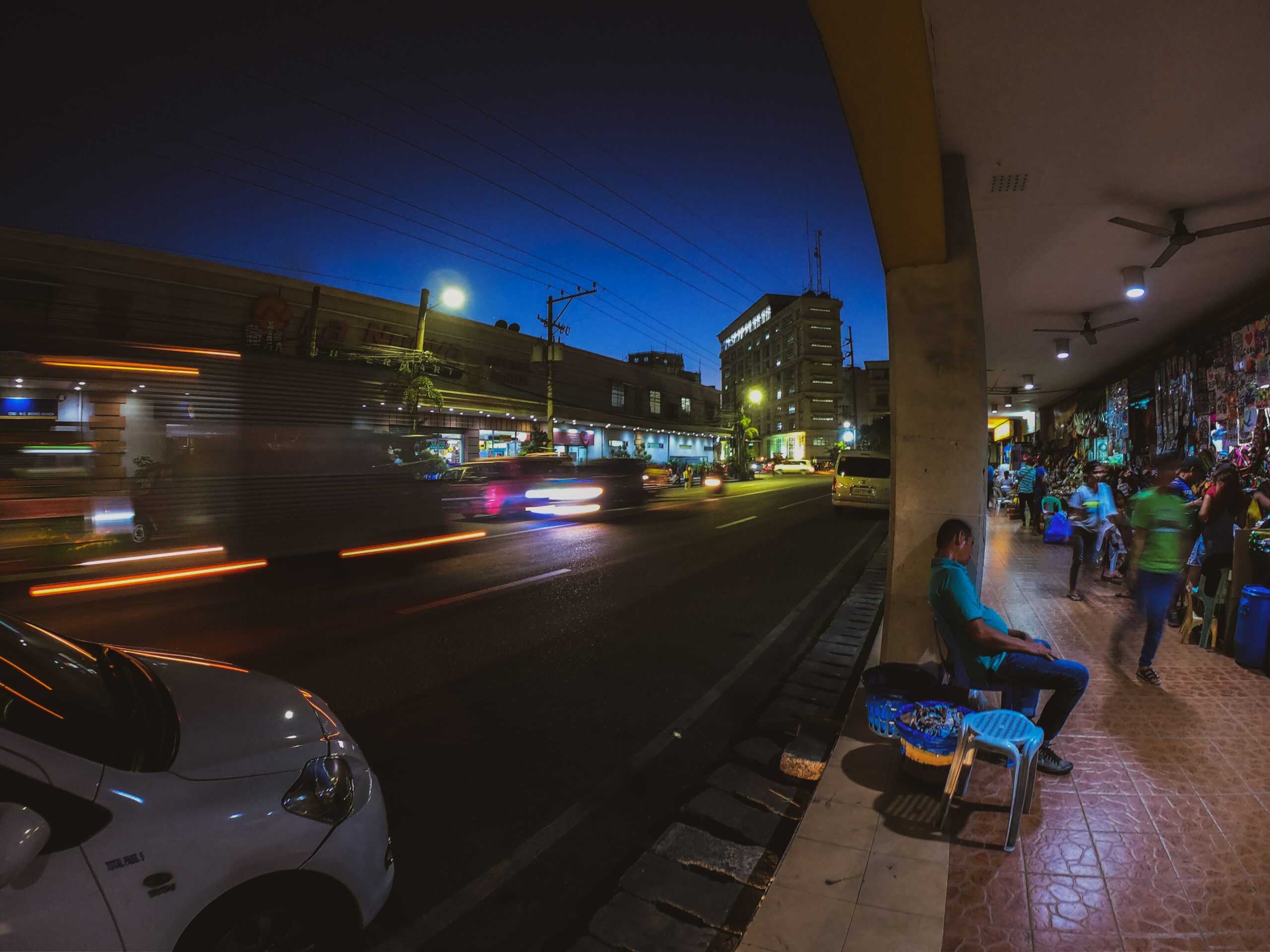
In the Philippines, there aren’t usually bus stops unless you’re in the cities. So you’ll need to call out to the driver to stop at your destination.
In Luzon, we say “ Para !” to tell the driver that we’d like to get off.
To get the bus to stop in the Visayas, you need to shout “ Lugar lang !” which roughly means your journey is only up to this place.
11. “Is anyone here?” – “Naay tawo?”
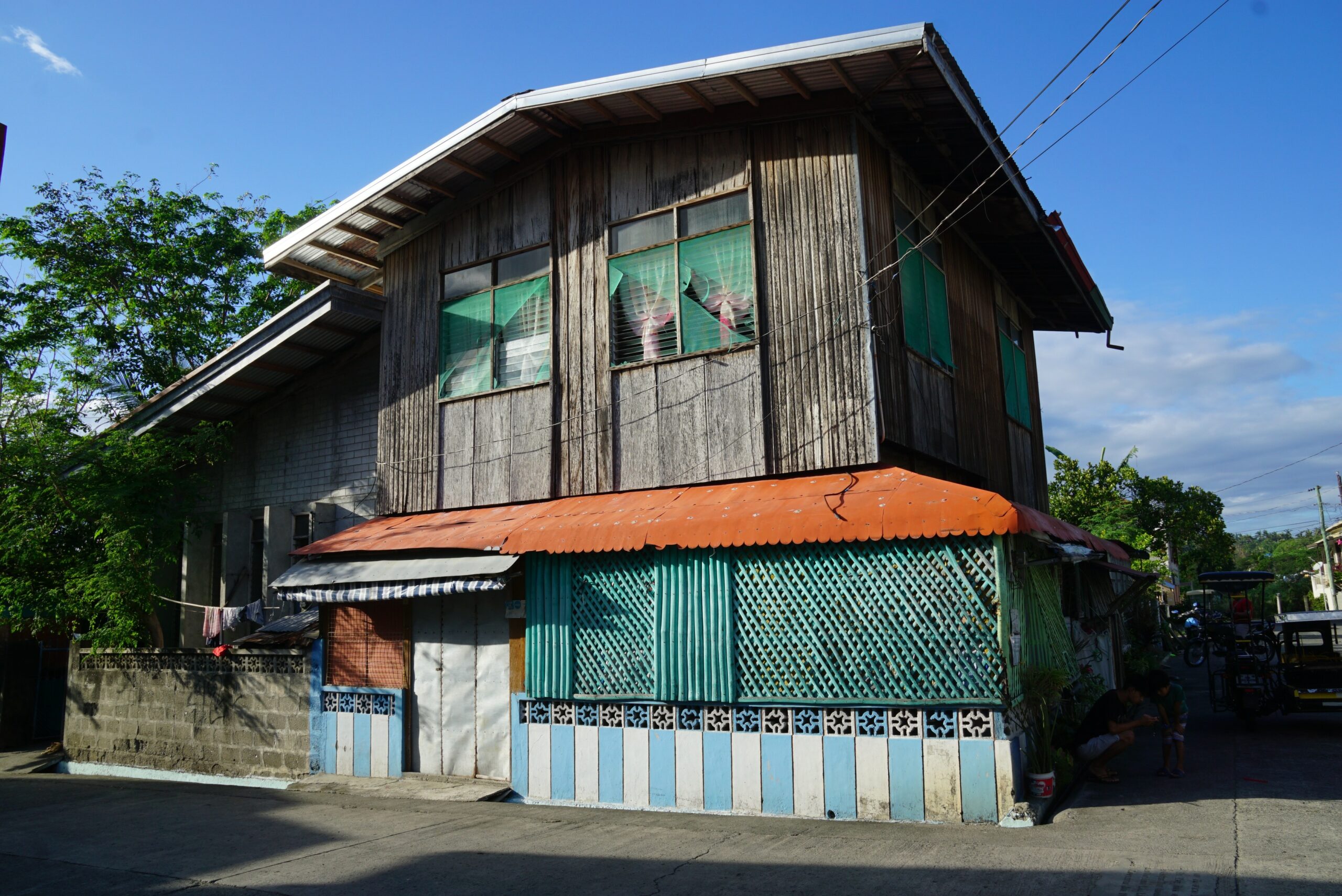
In Filipino, we say “ Tao po! ” to announce our presence and call the attention of people inside the home that we’re visiting.
The equivalent of this in Bisaya is “ Naay tawo ?” (Nah-ay tah-wo). This can be preceded by “ Ayo !” to sound more polite.
You can use this Bisaya phrase when looking for someone to open the door of their home for you or when entering a seemingly empty store.
12. “How much is this?” – “Tagpila ni?”
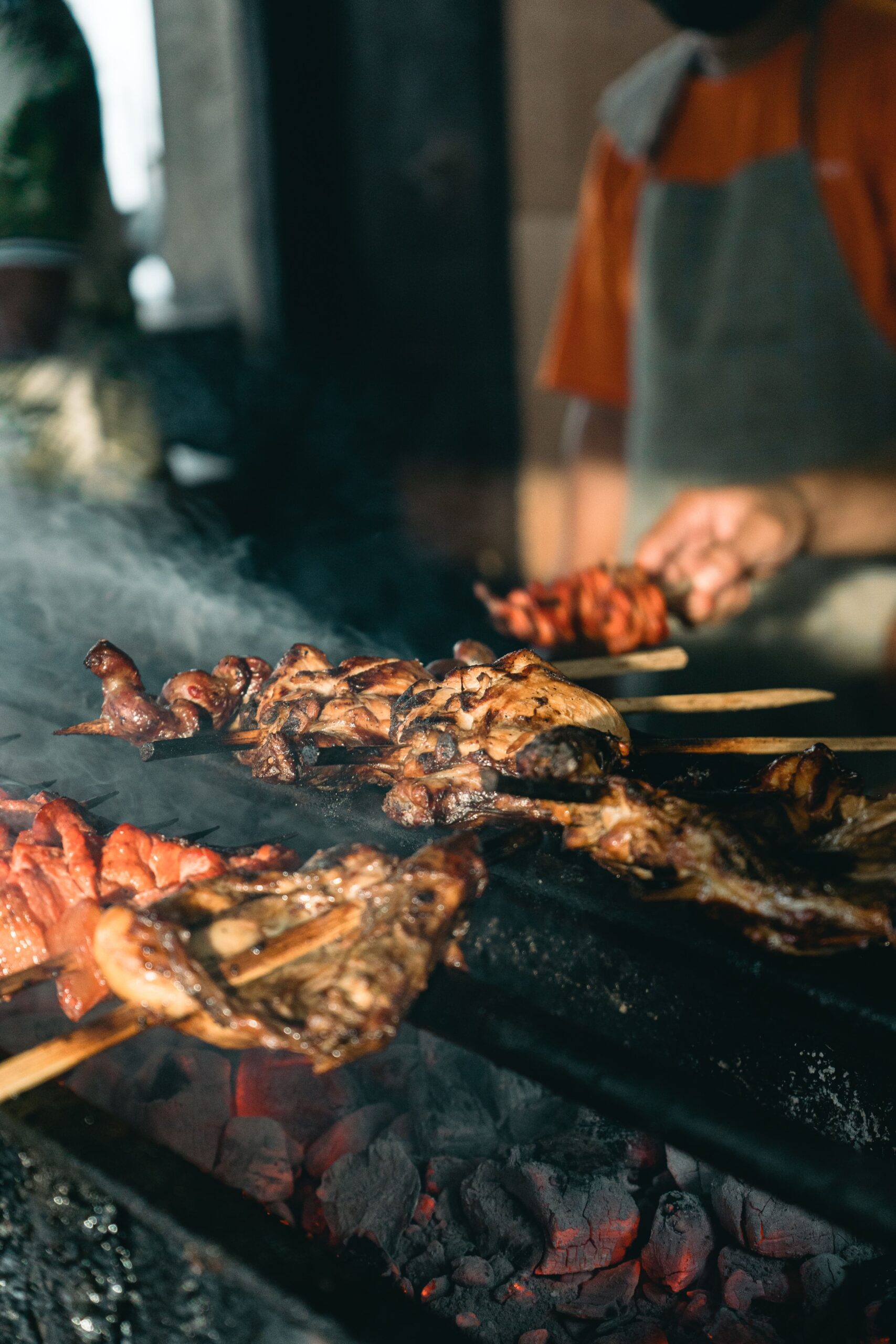
You can’t miss out on buying local delicacies and souvenirs when you’re on vacation in the Visayas, too.
To ask for prices, you can say “ Tagpila ni ? (Tag-pee-lah nee?).
It’s best to do this while pointing at the item you’re asking the price of. This would help the vendor know what item you’re enquiring about, especially if they’re busy.
13. “Please give me a discount.” – “Pahangyua ko.”
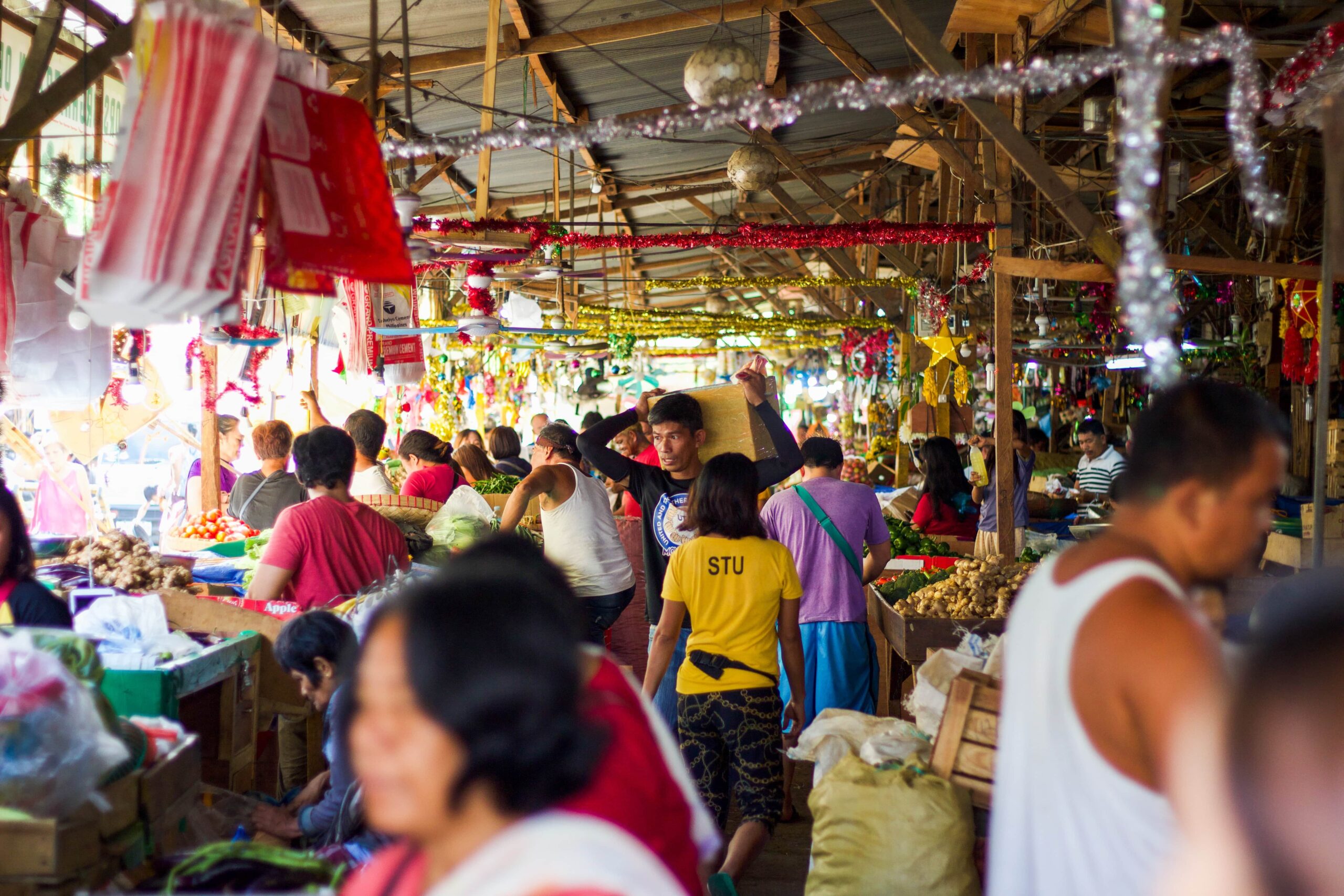
If you’re on a bit of a budget, you can try asking for a discount especially if you’re buying in bulk.
To do this, say “ Pahangyua ko .” (Pah-hang-yoo-ah koh). You can even add “ migo / miga “(mee-go/mee-gah) – which is short for amigo/amiga (male/female friend) – to be friendly, but only if you’re around the same age as the vendor.
If they’re older, you can call them “ kuya / ate ” (older brother/sister) or “ma’am/sir” instead.
To sound a little more confident in asking for a bargain, you can also say “ Pilay hangyo nimo ?” which roughly translates to “How much discount can you give me?”
14. “One, two, three…” – “Usa, duha, tulo…”
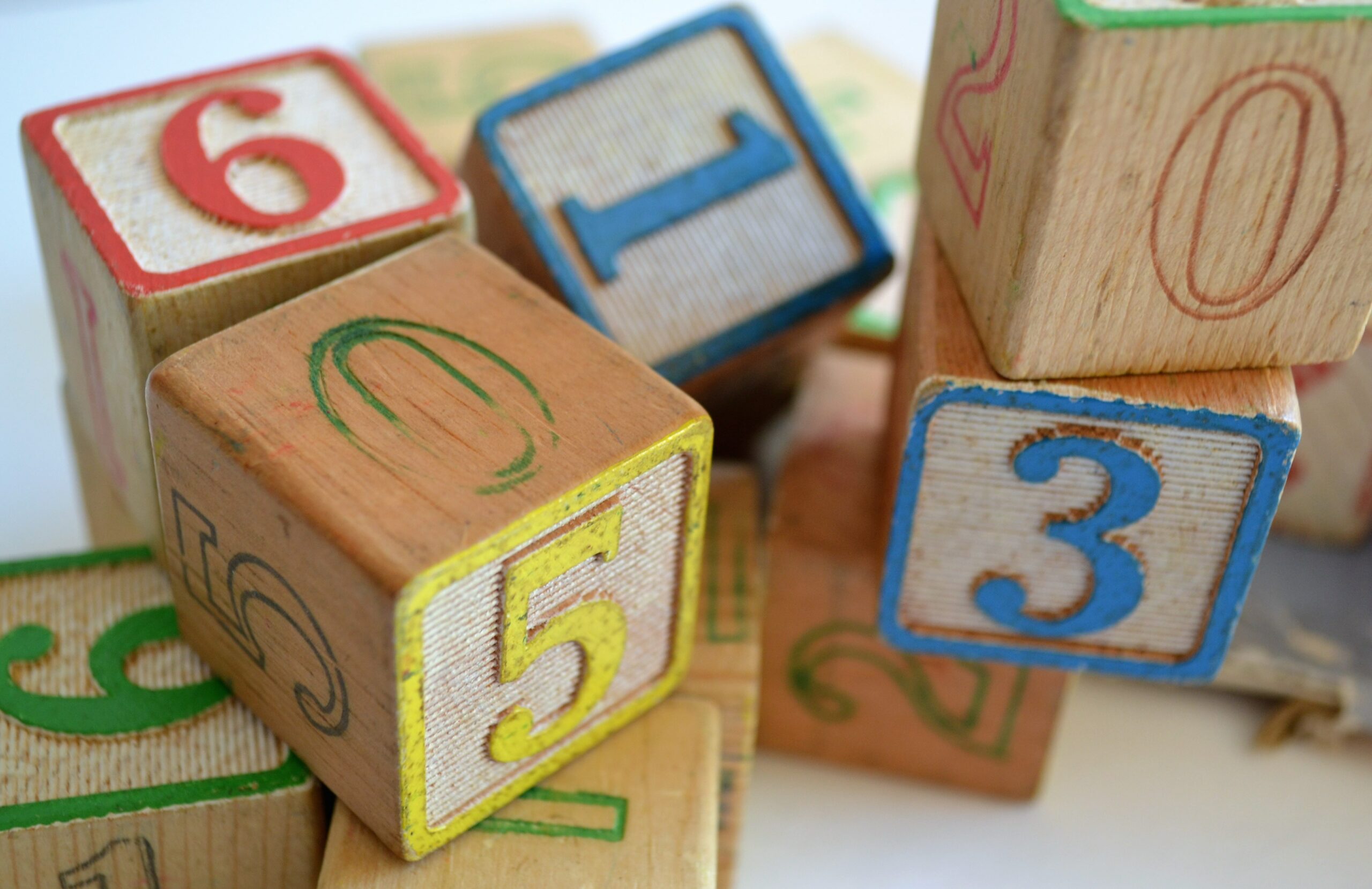
The native Bisaya language is used to count from numbers 1 to 10. T0 count from 1 to 10 in Bisaya, say, “ usa, duha, tulo, upat, lima, unom, pito, walo, siyam, napulo “.
Meanwhile, Filipinized Spanish words are used from 11 onwards. For instance, 11 is “ onse ” and 20 is “ baynti ” from the Spanish words “ once ” and “ veinte “.
15. “One, ten, twenty pesos…” – “Piso, dyis, baynti pesos…”

Meanwhile, to refer to money, Bisaya speakers use localized Spanish numbers just like in many places in the country. An exemption to this rule is “ piso ” which refers to one peso.
There’s only a slight difference in pronunciation between Filipino and Bisaya. For instance, “ bente ” (P20) and “ trenta ” (P30) can be pronounced as “ baynti ” and “ treynta ” in Bisaya.
For denominations in the hundreds, Bisaya speakers revert back to native words. But if you find this too complicated, you can also just use the English numbers and add “peso/s” and you’ll be well understood.
Learn basic Bisaya phrases for your Visayas trip
Bisayas are known to be good English speakers but you can get a lot of extra points from the locals if you try to learn the native language. With these handy Bisaya phrases above, you’re almost set for your Visayas trip!
If you also want to learn the national language, check out this list of basic Filipino phrases . Or if you’re traveling anywhere in North Luzon, study these Ilocano phrases .
Cover image adapted from: Eury Escudero via Unsplash, Jem Sahagun via Unsplash, Muhamad Reza Junianto via Unsplash

GoldenIslandSenorita.Net
A Travel & Lifestyle Blog
Bisaya For Beginners: The Must-Know Basic Phrases and Pronunciation

When visiting Davao City, tourists believe that there is no need to be worried about language barriers. That might be true, given Davaoeño’s ability to quickly learn new languages. One example is the province’s growing BPO industry. We can understand, speak, and write in English, Tagalog, and Bisaya with ease.
We adapt our vocab to the local language or dialect wherever we travel. We enjoy it, but the people of Davao would appreciate it if you, as visitors, tried to learn some of our basic words, terms, and phrases!
The Bisaya (or Cebuano) language is commonly spoken across the Philippines, especially in regions where Tagalog is assumed. It is also the second most important dialect in the country. Bisaya has been translated into a number of dialects and is spoken in various ways depending on the locality. In Davao, the word bisaya is pronounced differently. Our accent is distinct and powerful. We are frequently misunderstood and, as a result, get into trouble because of it.
Many people make fun of our accent, and we make fun of ourselves as well. But, because Bisaya is such a wonderful language, there’s no reason we can’t use it every day, even when we’re not in Davao!
When in Davao, join us instead of staring at us like we’re crazy probinsyanos. These are some basic Bisaya words, terms, and phrases to use (and avoid):
ALSO READ: Filipino for Beginners
Restaurant/Shopping
Getting around, other useful bisaya words, related posts.
Polly Amora
Polly Amora is the señorita behind GoldenIslandSenorita.Net. A corporate warrior by day, and a perpetual explorer by heart. She is a lifelong learner who is very outgoing, speaks four languages, loud & outspoken, and loves to have adventures in the mountains, on the beach, and in the city. You can throw her anywhere, and she'll handle it like a pro. Ice cream and bourbon are two of her weaknesses.
Leave a Reply Cancel reply
Your email address will not be published. Required fields are marked *
Save my name, email, and website in this browser for the next time I comment.
Notify me of follow-up comments by email.
Notify me of new posts by email.

Bisaya Phrases You Should Learn and Know
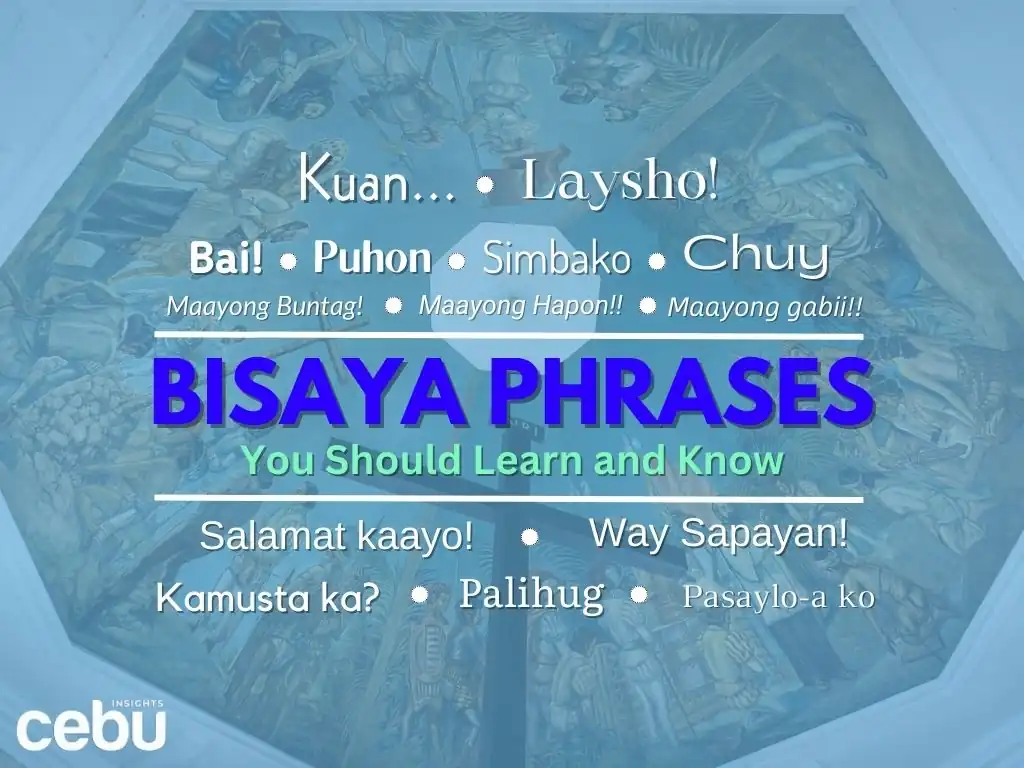
There are many Bisaya phrases you can use when traveling to Cebu.
You may have plans to go to Cebu for a trip. A local comes up to you and asks for help. You barely know any Cebuano, what do you do? You may speak to them in English since most Cebuanos understand the English language very well, but there are some that struggle understanding. You may have plans to move here and experience all the wonderful things that the island has to offer. If you want to fit in, barely knowing the local dialect is not enough. You must be familiar with several Bisaya phrases that you might hear Cebuanos say.
Bisaya is the language spoken in islands found in Visayas. Cebu is located in Central Visayas, and it is one of the most popular Bisaya speaking islands in the country. There are many words and common phrases that are used by Cebuanos on a daily basis, and it would definitely help if you knew these words yourself. With enough practice, you can have a full length Bisaya conversation with someone.
Here are some words that you will definitely hear when you witness a conversation between two Cebuanos:
IMPORTANT BISAYA PHRASES
- Maayong buntag! – Good morning!
- Maayong hapon! – Good afternoon!
- Maayong gabii! – Good evening!
- Kamusta ka? – How are you?
- Salamat! – Thank you!
- Way sapayan. – You’re welcome
- Palihug. – Please.
- Pasaylo-a ko. – I’m sorry.
Basic Questions
- Unsa imong pangalan? – What’s your name?
- Pila ang plete? – How much is the fare?
- Mao na ba ni nga lugar? – Is this the place?
These words are important to use not only in social situations, but also in public. Phrases like, “Pila ang plete?” and, “Mao na ba ni nga lugar?” are great for commuting . While greetings and courtesies can be used in basically every event, you can also greet your local tour guides when you go to the beaches and restaurants in your itinerary with, “Maayong buntag” or, “Maayong hapon.” They will definitely appreciate your effort in learning the language.
There are many avenues to learn Bisaya language, and studying it until you get used to it will be really helpful. The Filipino language is filled with many variations among other areas in the country, and there are many uncommon Bisaya words that are endemic to the city. You can use these words when speaking to a local to test out your knowledge.
“Bai”
The word “Bai” can be used as a Cebuano way of saying “Bro”. You will mostly hear males say this, but this can be used towards other genders. Friends will use this as an endearment when they meet, especially when they haven’t seen each other for a long time. You can also use this to address a stranger when you want to ask them a question.
“Kumusta ka, bai?” – “How are you, bro?”
“Puhon”
This is a word that recently has gone viral since netizens were arguing about what it really means. Puhon is a word that you can use as “hopefully” or “in God’s time”. This is a great word that you can use to tell someone when you are hopeful for something to happen. It is a very positive phrase that shows optimism and faith.
“Mag abot ta puhon.” – “Hopefully, we’ll meet again.”
“Simbako”
“Simbako” is literally translated to “God forbid,” meaning it is the opposite of “Puhon”. Most Cebuanos would knock on a piece of wood whenever they say, “Simbako,” hoping that a certain situation or event will not happen.
“Simbako unsay mahitabo nimo.” – “God forbid something’s going to happen to you.”
“Chuy”
This is a word you can use to describe something you think is cool or attractive. Some people will even use this as an alternative to “Bai” and call their friends that. There is also the expression “Chuya” to turn the word into a superlative adjective.
“Chuya ana niya oi!” – “That guy is so cool!”
“Laysho”
This is a term that comes from the English word “social”. Cebuanos use this word to describe something fancy or extravagant. For example, if a friend or someone you know has a fancy new car or the latest model of a gadget, Cebuanos would think that they are “Laysho”.
“Kalaysho ba ana niya!” – “He is very fancy!”
“Kuan”
They say that the Cebuano language is very unique since it has a word that they use as a form of speech. “Kuan” doesn’t really have a meaning, but you can say it in case you don’t know the word you are looking for. Sometimes there are Cebuanos that have a full sentence where this word comes up at the start, middle, or end. Try it out when you forget the names of the places you go to in Cebu.
“Si kuan ba, nagkuan sa kuan.” – “What’s-his-name was doing something, somewhere.”
There are many more words that you can use when you go to Cebu to use on the locals. There are also many funny Bisaya words and formal Bisaya phrases that you can use during Cebuano small talk. Learning these words and phrases is one of the first steps in knowing how to travel in Cebu.
Most of these Bisaya phrases show the culture of the Cebuanos and their everyday lives. Some words are funny, some are hopeful, and some are sad. Learning these words for your everyday life in Cebu would be good as you can fit in with the many locals on the island. Practice some more and you will be one of the best Bisaya speakers, puhon.
Other posts

Raintree Mall: A Peaceful Outdoor Strip Mall on Mango Avenue
Discover what makes Raintree Mall a convenient shopping venue in Cebu City. In the “MEMORIES OF OLD CEBU” public Facebook group, someone posted photos of Raintree Mall back in 1993.
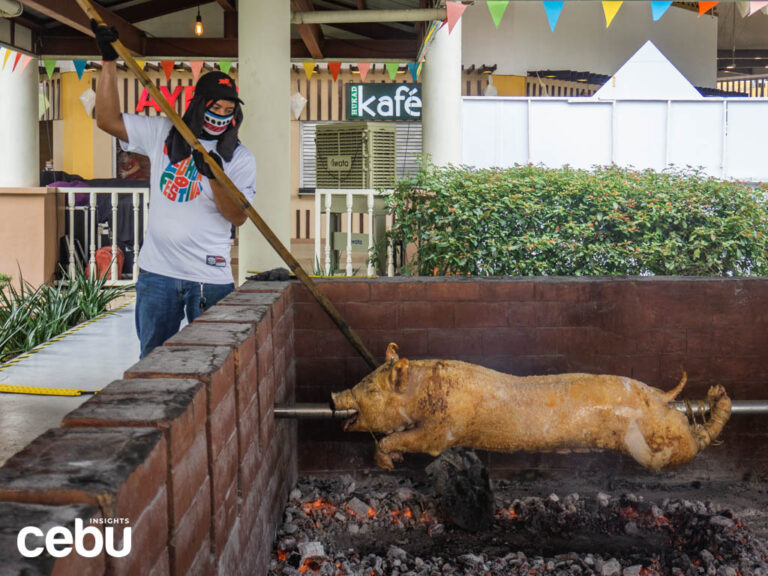
Battle for the Best of Cebu Lechon: Carcar vs Talisay
Learn more about the history of the famous Cebu lechon. In the colonial era, the Spaniards introduced the Filipinos to the concept of slow-roasting a suckling pig in an open
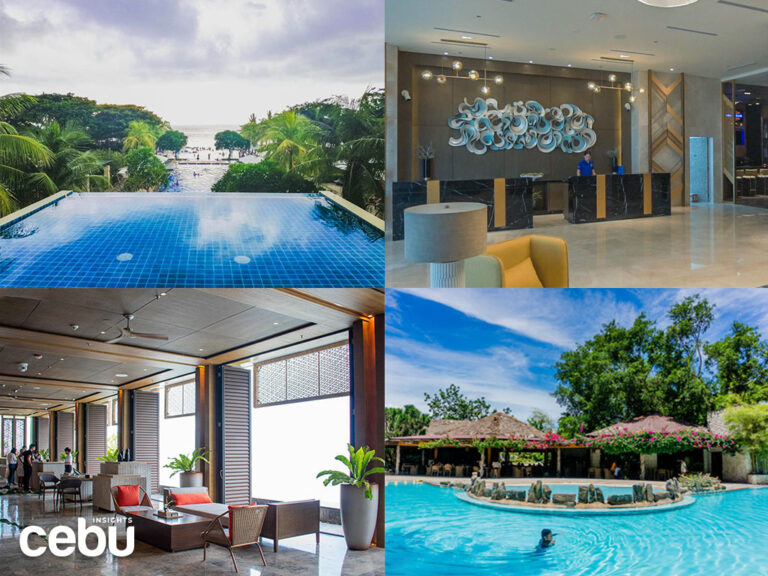
Hotels in Lapu-Lapu City That Are Close to the Airport
Discover the best hotels in Lapu-Lapu City that are close to the airport. Great accommodation plays a role in having a memorable vacation. Whether you’re visiting Cebu for business or
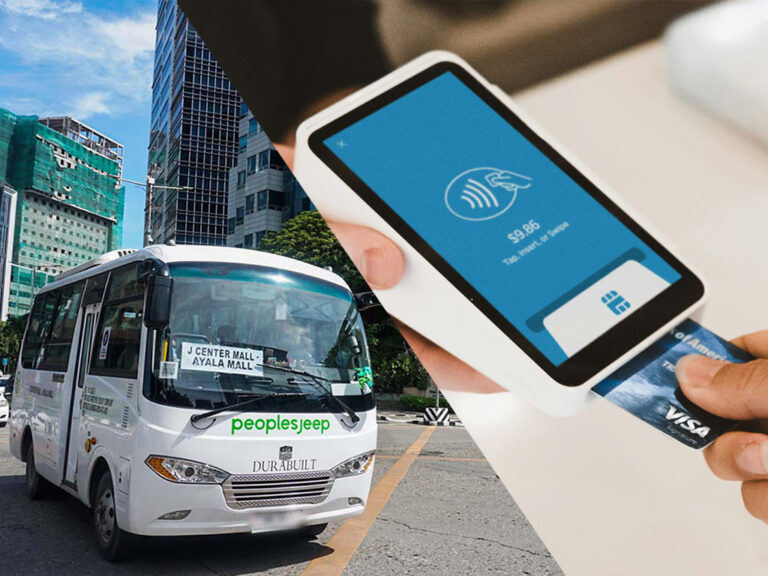
Modern Jeepneys in Cebu Now Accept Visa Payments
Modern jeepneys in Cebu are now accepting digital payments. (Photo courtesy of Clay Banks on Unsplash) According to Visa’s Global Travel Intentions Study (GTIS), 97% of travelers in Asia Pacific
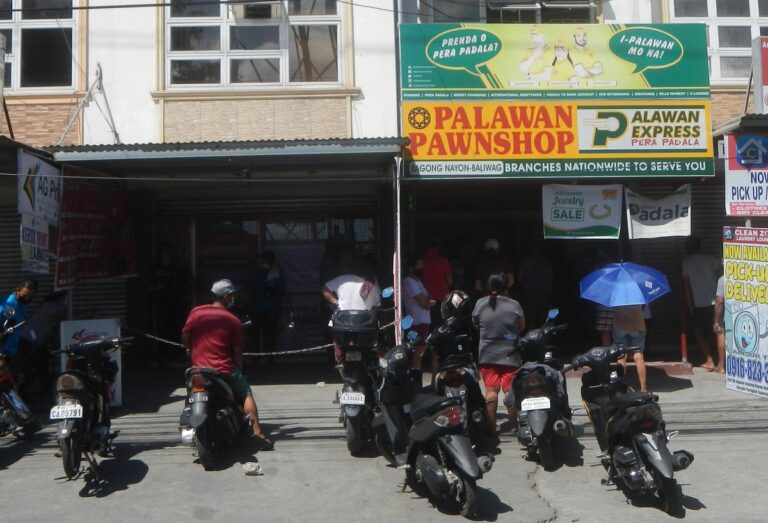
Remittance Centers in the Philippines: Sending Money Abroad
Need to send money abroad? Know which remittance centers to visit in Cebu! Source: Judgefloro, CC0, via Wikimedia Commons Remittance centers offer a convenient way to send money abroad. There
Best of Cebu Videos

Seeking to learn more about Cebuano culture, or wanting to know what to do once you arrive, Cebu Insights is the travel guide for you in Cebu!
How to be Featured
Do you want to be featured on our blogs and social media platforms? Cebu Insights is open to writing insightful articles and videos about your business FOR FREE!
Visit the Cenix Web Development Office on the 3rd Floor of the 82 Vibo Center, North Escario Street, Cebu City, and tell us about your newly opened attraction!
You can also leave us an email at [email protected] or message us on any of our social media platforms.
Discover, Learn, Contribute, Connect
How to Say Greeting in Bisaya: A Comprehensive Guide
In the vibrant and diverse culture of the Philippines, Bisaya is one of the most widely spoken languages. If you’re visiting or interacting with people from Visayas or Mindanao regions, it can be incredibly helpful to know how to greet others in Bisaya. Whether you’re looking to say hello in a formal or informal manner, this guide will provide you with valuable tips and examples to help you navigate the intricacies of Bisaya greetings.
Table of Contents
Formal Greetings in Bisaya
When it comes to formal greetings, there are a few essential phrases you can use in Bisaya to show respect and establish a polite tone. Here are some examples:
- Kumusta ka? – How are you?
- Maayong buntag. – Good morning.
- Maayong udto. – Good noon.
- Maayong hapon. – Good afternoon.
- Maayong gabii. – Good evening.
It’s important to note that ‘maayong’ means ‘good’ in Bisaya and can be used as the prefix for various greetings throughout the day. If you want to ask someone how they are and show additional respect, you can say:
- Unsaon nimo? – How are you?
- Kumusta ka na? – How are you now?
Informal Greetings in Bisaya
Bisaya has a rich sense of informality in its greetings, which adds a layer of warmth and friendliness to conversations. When you’re in a more casual setting, it’s common to use the following phrases:
- Kumusta? – How are you?
- Kamusta? – How are you? (variation)
- Musta? – How are you? (casual)
To respond to these informal greetings, you can say:
- Maayo man ko. – I’m good.
- Maayo man gihapon. – I’m still good.
- Okay ra. – Just okay.
- Lami kaayo. – Great.
Regional Variations
Bisaya, being a language spoken in various regions, does have some regional variations in its greetings. It’s worth noting these differences to familiarize yourself with the specific dialects in different areas. One popular regional variation is the Cebuano dialect, spoken predominantly in the Cebu region. Some common Cebuano greetings include:
- Kumusta ka, Bai/Ba? – How are you, friend?
Another notable dialect is Hiligaynon, spoken in Western Visayas, particularly in Iloilo. Here are a few informal greetings in Hiligaynon:
- Kumusta na? – How are you?
- Kumusta ka man? – How are you now?
While regional variations exist, it’s important to understand that Bisaya itself is widely understood across different regions and acts as a common language between them.
TIP: When in doubt about the dialect or regional variation, it’s generally safe to use the more general Bisaya phrases we mentioned earlier. They will be understood and appreciated by Bisaya speakers regardless of the specific region.
Mastering greetings in Bisaya can go a long way in building connections, showing respect, and immersing yourself in the local culture of the Philippines. Whether you’re in a formal or informal setting, using the appropriate greeting can set a positive tone for your interactions. Remember, when using Bisaya greetings, always be aware of the formality, regional variations, and the context in which you’re using them. Additionally, feel free to embrace the warmth and informality of Bisaya greetings, which can make your conversations even more enjoyable. With this comprehensive guide, you’re now equipped with the knowledge to confidently greet others in Bisaya. So go ahead, engage with the friendly locals, and immerse yourself in the unique beauty of Bisaya culture.
Related Guides:
- Guide: How to Say “Delicious” in Bisaya
- How to Say Happy Birthday in Bisaya
- How to Say “Mano Po” in Bisaya: A Comprehensive Guide
- How to Say “Me Too” in Bisaya
- How to Say “Minutes” in Bisaya: Formal and Informal Ways
- A Guide on How to Say “My Love” in Bisaya
- Guide on How to Say Thank You in Bisaya
- How to Say “Wait” in Bisaya: A Comprehensive Guide
About The Author
Austin Micheal

- Constructed scripts
- Multilingual Pages
Bon voyage / have a good journey in many languages
Jump to phrases
How to wish people a good or safe journey. The phrase, bon voyage, is used in English without change, though the pronunciation is quite like the French.
People who have contributed to this section
If you would like to make any corrections or additions to this page, or if you can provide recordings, please contact me .
http://www.nypl.org/branch/central/dlc/df/expressions/bonvoyage.html
Other phrases
Welcome | Hello | How are you? | Long time no see | What's your name? | Where are you from? | Pleased to meet you | Good morning | Good afternoon | Good evening | Good night | Goodbye | Good luck | Cheers! | Have a nice day | Have a nice weekend | Bon appetit | Bon voyage | Yes, No | Maybe | I don't know | Do you understand? | I understand | I don't understand | Please speak more slowly | Please say that again | Please write it down | Do you speak English? | Do you speak [your language]? | I'm learning [your language] | How do you say ... in [your language]? | Speak to me in [your language] | Excuse me | I would like ... | How much is this? | Sorry | Please | Thank you | Where's the toilet? | This gentleman/lady will pay for everything | Would you like to dance? | Do you come here often? | I miss you | I love you | Get well soon | Go away! | Leave me alone! | Help! | Fire! | Stop! | Call the police! | Merry Christmas | Happy New Year | Happy Easter | Happy Birthday | Congratulations | One language is never enough | My hovercraft is full of eels
You can support this site by Buying Me A Coffee , and if you like what you see on this page, you can use the buttons below to share it with people you know.

If you like this site and find it useful, you can support it by making a donation via PayPal or Patreon , or by contributing in other ways . Omniglot is how I make my living.
Get a 30-day Free Trial of Amazon Prime (UK)

- Learn languages quickly
- One-to-one Chinese lessons
- Learn languages with Varsity Tutors
- Green Web Hosting
- Daily bite-size stories in Mandarin
- EnglishScore Tutors
- English Like a Native
- Learn French Online
- Learn languages with MosaLingua
- Learn languages with Ling
- Find Visa information for all countries
- Writing systems
- Con-scripts
- Useful phrases
- Language learning
- Multilingual pages
- Advertising

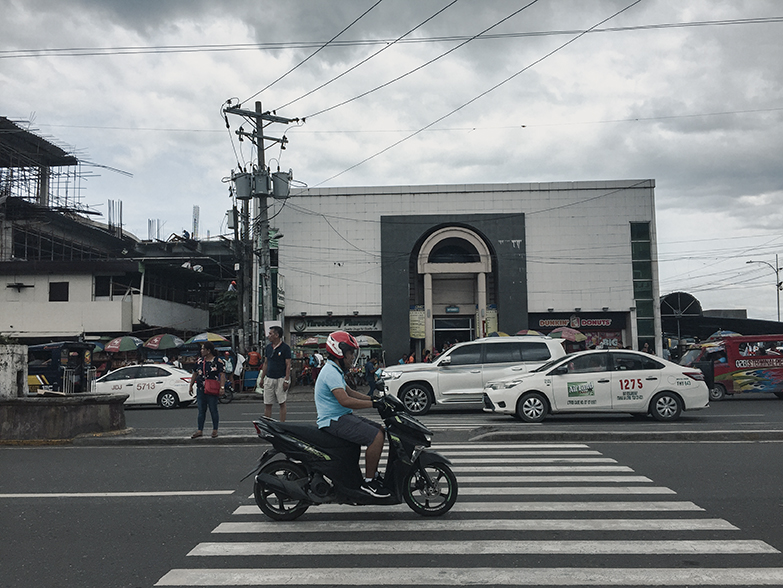
Useful Bisaya Phrases that Will Help You Travel like a Local
If you want to travel like a local in Visayas or Mindanao region, you need to learn some of the useful Bisaya phrases. Bisaya is widely used in speaking and writing in this part of the Philippines. Although, Tagalog is also spoken here, you will still have a hard time communicating with the locals.
The locals in Visayas and Mindanao region can understand both English and Tagalog clearly, whereas, you cannot understand their native language. Learning some of the commonly used phrases while you are mingling with them is an advantage on your part.
Here are Some of the Useful Bisaya Phrases with English Translations:

When you first hear this, this will give at least an idea of what are they talking about.Some of the words they used have similar meaning with Tagalog.

These phrases are commonly used in public transportation. Since, you are traveling like a local, going to different places using public transportation is the best. This will give you an idea of what it feels like to live there, plus, you’ll learn more from them.

It may be difficult to ask sometimes and their answer might confused you, still, just try and ask them! You’ll never know, unless you try.

When you go to the market and try to buy some stuff, maybe you can try some of these phrases. Who knows, they might give you a cheaper price. Because sometimes, the prices become higher when you are a tourist.

Of course, greeting somebody using Bisaya is cool. Sometimes, it will be your instagram caption in your daily post, like: “Maayong buntag Cebu!”
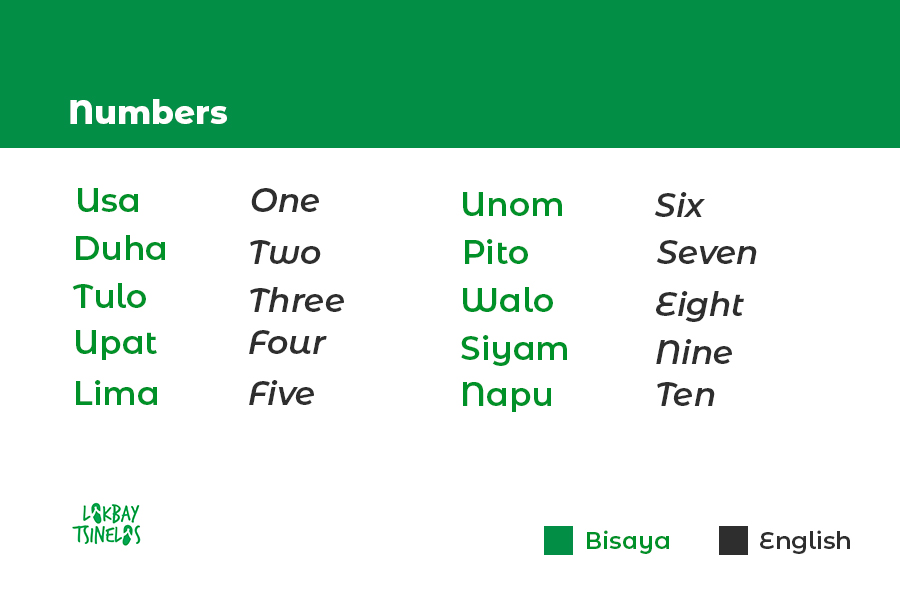
When you buy something and you ask the vendor “How much is this?” or in Bisaya “Tagpila ni?” and they replied “tulo singko”. You will wonder what is tulo, so this one is a big help.
Hopefully this will be a great help in your next adventure in the Visayas and Mindanao region.
Amping! ( Amping means “take care” or “ingat” in Tagalog.)
1 thought on “Useful Bisaya Phrases that Will Help You Travel like a Local”
Pingback: Waray Language: Phrases You Should Learn When Travelling to Tacloban
Comments are closed.
- Cebuano - English Dictionary and Thesaurus
- Spell Checker
- Recent posts
- Feed aggregator
Recent comments
- http://pinoydictionarytoday.b 3 weeks 6 days ago
- http://sites.google.com/site/ 3 weeks 6 days ago
- Yes that is possible (Sorry 4 weeks 4 days ago
- top 500 words in Cebuano New Testament 4 weeks 4 days ago
- New Testament lang? 7 weeks 1 day ago
- Salamat 11 weeks 4 days ago
- possibly a correction that lupyo is wrong 12 weeks 3 hours ago
- i used JavaScript ; here was 14 weeks 6 days ago
- JRTL: 15 weeks 5 days ago
Recent blog posts
- DUHA KA SEMANA
- THE ECOLOGICAL IS GEOPOLITICAL
- ang kinabuhi
- Asa gikan ang pulong nga "bayanihan"?
- Mga Pahayag Kabahin sa Higayon na Usbon Ang Atong Mahigpiton na Konstitusyon
- Books written in Cebuano
- Ngano sagad sa buto ang bation kung makabasa ug Binisaya nga libro, hilabi na kung nagtudlo pa kini ug kaalam?
- PATAY NGA ALUGBATI (usa ka balak, dili utanon.)
- Hungihong sa Lapyahan
- Kay gusto magpalahi
Active forum topics
- Akong kaugalingon sulay sa Pagpalapad sa kapulongang gamit niining Panultian na Bisaya.
- 100 most commonly used Cebuano words
- mulupyo has an asterisk and links to an english page , possibly erroneously ?
- distuinguish vs distinguish
- Create new account
- Request new password
English to Binisaya - Cebuano Dictionary and Thesaurus.
Voice speed
Text translation, source text, translation results, document translation, drag and drop.

Website translation
Enter a URL
Image translation
- To save this word, you'll need to log in. Log In
Definition of bon voyage
- congee
- good-by
Examples of bon voyage in a Sentence
These examples are programmatically compiled from various online sources to illustrate current usage of the word 'bon voyage.' Any opinions expressed in the examples do not represent those of Merriam-Webster or its editors. Send us feedback about these examples.
Word History
French, literally, good journey!
15th century, in the meaning defined above
Dictionary Entries Near bon voyage
Cite this entry.
“Bon voyage.” Merriam-Webster.com Dictionary , Merriam-Webster, https://www.merriam-webster.com/dictionary/bon%20voyage. Accessed 15 Sep. 2024.
Kids Definition
Kids definition of bon voyage.
French, literally, "good journey"
Subscribe to America's largest dictionary and get thousands more definitions and advanced search—ad free!

Can you solve 4 words at once?
Word of the day.
See Definitions and Examples »
Get Word of the Day daily email!
Popular in Grammar & Usage
Plural and possessive names: a guide, 31 useful rhetorical devices, more commonly misspelled words, absent letters that are heard anyway, how to use accents and diacritical marks, popular in wordplay, 8 words for lesser-known musical instruments, it's a scorcher words for the summer heat, 7 shakespearean insults to make life more interesting, 10 words from taylor swift songs (merriam's version), 9 superb owl words, games & quizzes.

- Cambridge Dictionary +Plus
Meaning of bon voyage in English
Your browser doesn't support HTML5 audio
- acciaccatura
- ombudsperson
- ombudswoman
- pas de deux
- the Internationale
- vivacissimo
You can also find related words, phrases, and synonyms in the topics:
- Flora's voice wished me " bon voyage " in a most friendly but tremulous tone.
- He wished us bon voyage, removed his hand, and we were off.
- It's best to say 'good-bye' and 'bon voyage' right here.
- Numerous devoted friends were on hand to say good bye and "bon voyage", but they were permitted only on the dock.
- There was a short drive to the river amid polite calls of "good-bye" and " bon voyage," and there lay the Mayflower, like a great white bird with comfortably folded wings.
Translations of bon voyage
Get a quick, free translation!

Word of the Day
a child's toy in the shape of a small person or baby

Treasure troves and endless supplies (Words and phrases meaning ‘source’)

Learn more with +Plus
- Recent and Recommended {{#preferredDictionaries}} {{name}} {{/preferredDictionaries}}
- Definitions Clear explanations of natural written and spoken English English Learner’s Dictionary Essential British English Essential American English
- Grammar and thesaurus Usage explanations of natural written and spoken English Grammar Thesaurus
- Pronunciation British and American pronunciations with audio English Pronunciation
- English–Chinese (Simplified) Chinese (Simplified)–English
- English–Chinese (Traditional) Chinese (Traditional)–English
- English–Dutch Dutch–English
- English–French French–English
- English–German German–English
- English–Indonesian Indonesian–English
- English–Italian Italian–English
- English–Japanese Japanese–English
- English–Norwegian Norwegian–English
- English–Polish Polish–English
- English–Portuguese Portuguese–English
- English–Spanish Spanish–English
- English–Swedish Swedish–English
- Dictionary +Plus Word Lists
- English Exclamation
- Translations
- All translations
To add bon voyage to a word list please sign up or log in.
Add bon voyage to one of your lists below, or create a new one.
{{message}}
Something went wrong.
There was a problem sending your report.
*15% off your order is valid from 12:01 a.m. MT 9/12/2024 to 9/21/2024 at 11:59 p.m. MT; exclusions apply. Use code SHOP15 at checkout. Discount applied before taxes and shipping. Discount offer valid online and outlet. Offer is not valid in Sundance Retail Stores. Discount not available on one-of-a-kind items, gift cards, gift boxes, prior purchases and for the following brands: Birkenstock, Sofft, Teva, Blundstone and Sorel. May not be combined with any other offer.
- Shoes & Accessories

SHOES & ACCESSORIES
- New Arrivals
- Jackets & Coats
- Dresses & Jumpsuits
- Pants & Shorts
- Petite Styles
- Sleep & Lounge
- Occasions & Gatherings
- Sundance Essential Tops
- Work Ready Edit
- Hint of Western
- Brands We Love
- Velvet Edit
- Cashmere Collection
- All Footwear
- All Accessories

New Arrivals For Fall
- Personalization
- Accessories
- Jewelry Storage
- Fall Jewelry Collection
- Heritage Collection
- Occasion Jewelry
- September's Birthstones
- Celebration Rings
- Our Jewelry Artists
- Featured Jewelry Artist

Just In: Jes MaHarry
- Occassion Footwear
- Slippers & Socks
- Scarves & Gloves
- Comfort Footwear
- Exclusively Sundance
- Women's Apparel

- Bedding & Bath
- One-Of-A-Kind
- For Pets & Pet Lovers
- Outdoor Living
- Gifts for the Home
- Pendleton Throws
- Our Home Artists
- Featured Home Artist
- Personalized Gifts
- Gift Wrap & Ribbons

The Fall Home Drop
- Home Furnishings
- Almost Gone
- Recent Markdowns
- $30 & Under
- Limited Jewelry Luxuries

Up To 60% Off

Bon Voyage Bracelet
Amid a mix of stones inspired by land and sea shines a Thai silver bead stamped with a watchful eye. The strand of lapis, ruby, spiny oyster, stabilized turquoise and more stretches to slip on easily. Handcrafted in USA. Exclusive. Approx. 7"l.
If at any time and for any reason, you do not feel that your purchase has lived up to your expectations simply return it for an exchange or a refund.
All outlet sale items ending in $.97 or $.98, or outlet sale items purchased at an additional sale on sale discount are "Final Sale" and cannot be returned or exchanged.

Recently viewed products
Your cart is currently empty.
Select options

COMMENTS
Useful Cebuano phrases. A collection of useful phrases in Cebuano (Binisaya), a Philippine language spoken in Central Visayas and other parts of the Philippines, specifically in Cebuano as spoken in Northern Mindanao.
Whether you're exploring Cebu, Bohol, or Davao, learning some basic Bisaya (Cebuano) phrases can greatly enhance your experience. Here's a handy guide to 70 essential Bisaya (Cebuano) words and phrases translated from Cebuano to English that will help you communicate with locals, show respect for their culture, and navigate your way through ...
15. "Kita ta puhon!" = "See you soon!". There is no exact Cebuano counterpart for goodbye so you can use "Magkita ta puhon!" if you wish to see someone again in the future. 16. "Pasayloa ko!" = "I'm sorry!". Say this when you've done something wrong or when you feel you've offended someone by your behavior. 17.
Mananap (Animal) - "Be cautious; some mananap here can be quite elusive.". Bulak (Flower) - "The hill is adorned with colorful bulak in spring.". Dagat (Sea) - "The dagat offers some of the best diving spots.". Langit (Sky) - "The langit tonight is filled with stars, perfect for stargazing.".
This Bisaya quote tells us that punishment for our wrongdoings will come unexpectedly. Walay mahay nga guana - No regret at first. This quote means that regret usually comes later. Walay man kardaba mamunga og tundan - A kardaba banana tree does not give tundan banana fruits.
Cebuano phrasebook/Bisaya. Bisaya (Visayan languages) is the main language in most of the Visayas and Mindanao while Tagalog is the main language of the central and the southern part of the biggest island, Luzon, though other languages also exist in those regions. Many variations of Bisaya exist, like Cebuano which is spoken on Cebu Island as ...
Cebuano phrasebook. Cebuano, also called Sugboanon or Bisayan, is a major language in the southern Philippines. It is spoken natively throughout Cebu Province, Bohol, Negros Oriental, Siquijor, and Camiguin, in much of Leyte and Mindanao, and in parts of Samar. With over twenty million native speakers, Cebuano is the second most common Filipino ...
Bisaya is one of the 8 major dialects in the Philippines. It's the most common language in the Visayas and Mindanao where you are most likely to be visiting. If you are heading to Cebu, Bohol, Dumaguete, Siquijor, and the surrounding areas, please don't throw "Mabuhay!" around 5 times a day. Guaranteed, you'll like a fool.
Bisaya is the second most spoken language in the Philippines, though used more widely in the Visayas group of islands. It's also understood in some provinces in Mindanao. including Davao and Cagayan de Oro. So if you're planning a vacation in Cebu, Bohol, or Davao, here are Bisaya phrases you should know that'll make touring these places much easier.
Bisaya has been translated into a number of dialects and is spoken in various ways depending on the locality. In Davao, the word bisaya is pronounced differently. Our accent is distinct and powerful. We are frequently misunderstood and, as a result, get into trouble because of it. Many people make fun of our accent, and we make fun of ourselves ...
Example: "Si kuan ba, nagkuan sa kuan." - "What's-his-name was doing something, somewhere.". There are many more words that you can use when you go to Cebu to use on the locals. There are also many funny Bisaya words and formal Bisaya phrases that you can use during Cebuano small talk. Learning these words and phrases is one of the ...
Bisaya, being a language spoken in various regions, does have some regional variations in its greetings. It's worth noting these differences to familiarize yourself with the specific dialects in different areas. One popular regional variation is the Cebuano dialect, spoken predominantly in the Cebu region. ...
The phrase, bon voyage, is used in English without change, though the pronunciation is quite like the French. Veilige reis! Voorspoedige reis! تروح و تيجي بالسّلامة! (tirooh wa tigi bis salaama!) Ondo ibili! Добрай дарогi! (Dobraj darohi!) Mwende bwino!
Here are Some of the Useful Bisaya Phrases with English Translations: When you first hear this, this will give at least an idea of what are they talking about.Some of the words they used have similar meaning with Tagalog. These phrases are commonly used in public transportation. Since, you are traveling like a local, going to different places ...
~ voyage: a journey to some distant place. ~ way: a journey or passage.; "they are on the way" v. (motion) 2. journey, travel: undertake a journey or trip. ~ jaunt, travel, trip: make a trip for pleasure. ~ tour: make a tour of a certain place.; "We toured the Provence this summer" ~ globe-trot: travel all over the world for pleasure and ...
English to Binisaya - Cebuano Dictionary and Thesaurus. Dictionary (45454 entries) Binisaya to English English to Binisaya Sense. Word: Tweet. Balayan alang sa mga Bisaya ug mga mahigugmaon sa pinulongang Binisaya.
An online English to Binisaya Cebuano dictionary and thesaurus for translation and educational purposes.
Google's service, offered free of charge, instantly translates words, phrases, and web pages between English and over 100 other languages.
Here are some Sugbuanong Pinulongan and their meanings. Puhon - a Cebuano saying used when they hope that something will happen in the future or God's will. Padayon - a motivational Cebuano ...
Type English online and instantly get Bisaya translation with English to Bisaya translator. You can now easily and accurately translate English to Bisaya language with this tool. This tool will allow you to Translate English text into Bisaya text. Translating words, sentences, and paragraphs into Bisaya is not a difficult task anymore.
You can use the expression bon voyage to wish a friend well as she sets off on a trip.
The meaning of BON VOYAGE is an expression of good wishes when someone leaves on a journey : goodbye —often used interjectionally. How to use bon voyage in a sentence.
BON VOYAGE definition: 1. a phrase said to people who are going away, meaning "I hope you have a safe and enjoyable…. Learn more.
Amid a mix of stones inspired by land and sea shines a Thai silver bead stamped with a watchful eye. The strand of lapis, ruby, spiny oyster, stabilized turquoise and more stretches to slip on easily. Handcrafted in USA. Exclusive. Approx. 7"l.